

K-WANG
+086-15305925923
Service expert in industrial control field!
Product
Article
NameDescriptionContent
Adequate Inventory, Timely Service
pursuit of excellence


Ship control system
Equipment control system
Power monitoring system
Brand
Product parameters
- Telephone:+86-15305925923
- contacts:Mr.Wang
- Email:wang@kongjiangauto.com
Description
Features:
Up to 1.26 GHz PentiumIll processor with 512 Kbyte
advanced transfer cache
Up to 512 Mbyte PC133 SDRAM using a single SODIMM
Internal AGP SVGA controller with 4 Mbyte display cache
133 MHz system bus via lntel®815E chipset
Dual Ethernet controllers supporting 10BaseT and 100BaseTX
interfaces
Remote Ethernet booting
PMC expansion site
Operating system support for Windows XP, Windows 2000,
VxWorks, Solaris™, QNX,LynxOS,and Linux
GE VMIVME-7750 VME Single Board Computer
DRAM Memory: The VMIVME-7750 accepts one 144-pin SDRAM
SODIMM for a maximum memory capacity of 512 Mbyte. The
DRAM is dual ported to the VME.
BIOS: System and video BIOS are provided in reprogrammable
flash memory.
Super VGA Controller: High resolution graphics and
multimedia-quality video are supported on the VMIVME-7750 by
a built-in 815E chipset AGP graphics adapter. The adapter is
complemented by 4 Mbyte external synchronous DRAM cache
with a high-bandwidth 64-bit data interface. Screen resolutions
up to 1,600 x 1,200 x 256 colors (single view mode) are
supported by the graphics adapter.
Table 1. Partial List of Display Modes Supported
A = Processor
2 = 733 MHz Pentium III (Extended Temperature Range: 0 to 60º C)
3 = 733 MHz Pentium III
4 = 866 MHz Pentium III
5 = Reserved
6 = 1 GHz Pentium III (0 to 40° C)
7 = 1.26 GHz Pentium III with 512 Kbyte Cache
8 = Reserved
9 = Reserved
G = 733 MHz Pentium III with Fansink (0 to 40° C)
B = SDRAM Memory
2 = Reserved
3 = 64 Mbyte
4 = 128 Mbyte
5 = 256 Mbyte
6 = 512 Mbyte
C = CompactFlash
1 = Reserved
4 = 64 Mbyte
5 = Reserved
6 = 128 Mbyte
8 = Reserved
9 = 256 Mbyte
G = 512 Mbyte
H = 1 Gbyte
D = 0 (Option reserved for future use)
E = 0 (Option reserved for future use)
F = Special Sales Order
0 = VME Standard
1 = 1101.10 Front Panel
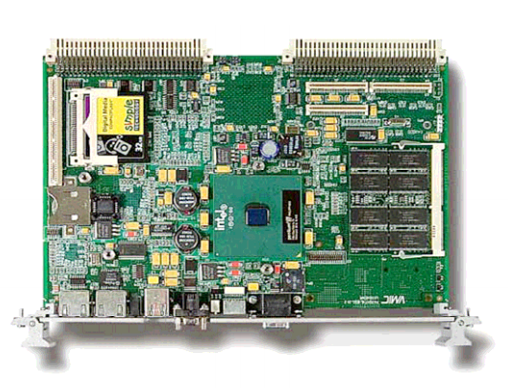
The VMIVME-7750 supports high throughput DMA transfers of
bytes, words, and longwords in both master and slave
configurations.
If endian conversion is not needed, we offer a special “bypass”
mode that can be used to further enhance throughput. (Not
available for byte transfers.)
Master Interface: MA32:MBLT32:MBLT64
(A32:A24:A16:D32:D16:D8 (EO):BLT32)
The VMEbus master interface provides nine separate memory
windows into VMEbus resources. Each window has separate
configuration registers for mapping PCI transfers to the VMEbus
(that is, PCI base address, window size, VMEbus base address,
VMEbus access type, VMEbus address/data size, etc.). The
maximum/minimum window sizes for the nine windows are as
follows:
Window Minimum Size Maximum Size
0, 4 4 Kbyte 4 Gbyte
1 to 3, 5 to 7 64 Kbyte 4 Gbyte
Special Cycle 64 Mbyte 64 Mbyte
Slave Interface: Memory Access
SAD032:SD32:SBLT32:SBLT64
(A32:A24:A16:D32:D16:D8 (EO): BLT32)
The VMEbus slave interface provides eight separate memory
windows into PCI resources. Each window has separate
configuration registers for mapping VMEbus transfers to the PCI
bus (that is, VMEbus base address, window size, PCI base
address, VMEbus access type, VMEbus address/data size, etc.).
The maximum/minimum window sizes for the eight windows
are as follows:
Window Minimum Size Maximum Size
0, 4 4 Kbyte 4 Gbyte
1 to 3, 5 to 7 64 Kbyte 4 Gbyte
In addition, each window can be programmed to operate in
coupled or decoupled mode. In decoupled mode, the window
utilizes a write-posting FIFO and/or a read prefetching FIFO for
increased system performance. In coupled mode, the FIFOs are
bypassed and VMEbus transactions are directly coupled to the
PCI bus (that is, transfers on VMEbus are not completed until
they are completed on the PCI bus).
Enhanced Bus Error Handling: Enhancements over the
Universe chip’s bus error handling features are provided. A latch
and register are provided to allow the SBC to read the VMEbus
address that caused the bus error in all modes. The Universe
chip’s support is limited to decoupled mode.
Support for bus cycle timeout and assertion of bus error is
provided. The board may be configured to assert bus error upon
timeout regardless of its status as system controller. The
Universe chip asserts bus error only if it is system controller. In
addition, this board may be configured to assert an interrupt
upon bus cycle timeout.
Operating System and Software Support
The VMIVME-7750 provides embedded features beyond PC/AT
functionality. These features are supported by GE Fanuc
Embedded Systems software products aimed at developers
who are incorporating GE Fanuc Embedded Systems SBCs, I/O
boards, and workstations into systems. Windows XP/Windows
2000 and VxWorks are the most common operating systems
supported by GE Fanuc Embedded Systems software products.
Windows XP/Windows 2000: The IOWorks® software family is a
set of software components that can work together or
separately to provide a total development environment for any
application in a Windows XP/ Windows 2000 OS.
VMISFT-9422 VMEbus Access™ for Windows XP/Windows
2000: The VMEbus Access product is specifically designed for
accessing the advanced VMEbus Access architecture of the
VMIVME-7750. Running on Windows XP/Windows 2000, VMEbus
Access is both sophisticated and easy to use.
The function library, VMEbus toolset and open architecture
VMEbus Access offers make it one of the most powerful
products on the market today. It provides compatibility with
existing GE Fanuc Embedded Systems VME PC platforms and
compatibility within the future VME PC platforms GE Fanuc
Embedded Systems creates.
The VMEbus Access development package gives you everything
you need to develop applications for your VME operations. This
package includes the VMEmanager™ function library and four
utilities that enable you to easily configure a VMEbus,
dynamically monitor VMEbus activities, manage VMEbus data,
and use DDE-client applications.
VMEbus Access provides powerful tools for developing,
debugging and monitoring VMEbus applications and increasing
VMEbus performance. The flexible design of VMEbus Access
enables you to incorporate it as a standalone solution or use it
to open your VMEbus operations to the IOWorks product suite.
VMEbus Access manipulates the hardware behind the scenes.
With VMEbus Access, you can develop applications in or use
existing applications developed in most programming
environments. For example, VMEbus Access enables your
VMEbus to recognize applications developed in these popular
programming environments:
• IOWorks Manager™
• LabVIEW
• Citect
• Wonderware InTouch
• Visual IOWorks®
• Visual Basic®
Visual C++®
d
•
VxWorks OS Support — VMISFT-7418 Board Support Package:
The VMISFT-7418 is a Wind River Systems, Inc.’s certified board
support package (BSP) for GE Fanuc Embedded Systems’ series
of VME Pentium processor-based computers, which is require
to run the VxWorks OS. With the SBC, VxWorks, the BSP, and
other VME equipment from GE Fanuc Embedded Syste
implementations can be created for a wide variety of
applications, including real time factory automation, sim
instrumentat
ms,
ulation,
ion and control, and process control and
ware
nuc
rts,
ards. The
e
as
.
ture
g-endian and little-endian devices to
us
g
r
7xxx SBC boards without requiring any
ge:
ilitary
aris OS provides POSIX ivers
s
ent based on industry-wide
rted I/O board and new
uc
; or
ications
6U
.3mm)
m
2 and -12VDC are specified with the
operating temperature is available for the following
C)
measured at outside of heatsink is to be
%, noncondensing
rfa
(3 to 0), ROR, RWD, BCAP
dle
r: , IRQ7* to IRQ1*
r:
le (4 to 1,024 µs)
signaling, types 1 and 2
TBF: 118,633 hours (Bellcore)
monitoring.
The BSP is linked with VxWorks OS, thus allowing soft
applications created with Wind River Systems, Inc.’s
development system to load and run on the particular GE Fa
Embedded Systems SBC hardware being used. Serial po
parallel ports, keyboard, text mode video, and Ethernet
transceivers are all supported, as well as floppy and IDE hard
disk drives that can be connected to the computer bo
BSP provides Flash boot, NVRAM and timer support.
The BSP allows VxWorks applications to have access to th
VMEbus. When hardware includes single cycle and block
transfers using DMA devices, they are supported by the BSP,
are interprocessor communications with mailbox registers.
VMEbus interrupt handling and error handling are supported
Since the VMEbus environment often contains a mixture of
devices from various manufacturers, the byte-swapping fea
is provided to allow bi
share data correctly.
QNX OS Support — VMISFT-7417 Board Support Package:
VMISFT-7417 BSP provides QNX support and includes a VMEb
manager, user API and configuration files needed to run the
QNX BSP on GE Fanuc Embedded Systems’ VMIVME-7xxx SBC
products. This BSP provides customizable VMEbus access. Usin
the QNX OS on the VMIVME-7xxx SBCs provides a computing
platform suitable for real time applications. QNX provides the
applications programmer with a real time extensible POSIX OS.
GE Fanuc Embedded Systems’ VMISFT-7417 is designed to tailo
QNX’s x86 OS to the VMIVME-7xxx platform. This combination
provides a self-hosted development environment which runs
entirely on the VMIVME external host systems.
Solaris OS Support — VMISFT-7416 Board Support Packa
VMISFT-7416 BSP includes everything necessary to allow
installation of the Solaris Intel edition OS (available separately
from Sun Microsystems, Inc.) onto the VMIVME-7750 SBC. This
BSP includes a nexus driver for VMEbus access. It allows m
and telecommunications and other applications to take
advantage of Sun Microsystems, Inc.’s Solaris OS on a VME based Intel SBC. This BSP and the Sol
compliant real time characteristics.
LynxOS x86 OS Support — VMISFT-7419 Board Support
Package: The VMISFT-7419 BSP includes all of the device dr
and configuration tables needed to install the LynxOS x86
development system (available separately from Lynx Real-Time
Systems, Inc.) onto GE Fanuc Embedded Systems VMIVME-7750.
Using the LynxOS on the GE Fanuc Embedded Systems SBC
provides a computing platform suitable for hard real time
applications. LynxOS provides the applications programmer
with a stable development environm
standards such as POSIX and Motif.
I/O Support — VMISFT-9450 IOWorks Board Drivers: This
driver supports GE Fanuc Embedded Systems’ extensive line of
VME I/O boards and is available for Windows XP/Windows 2000
and VxWorks. IOWorks board drivers take advantage of all the
key benefits and features of each suppo
I/O boards are constantly being added.
IOWorks board drivers contain both a C++ class library and a C
function library that provide a common interface to GE Fan
Embedded Systems I/O products for reading, writing and
configuring. You do not need to know the details of how an
individual board is programmed. For instance, you can use the
SetAttributes function on any supported GE Fanuc Embedded
Systems board; the WriteAnalog function controls the output
from any GE Fanuc Embedded Systems analog output board
the GetScanMode function retrieves the scan mode for any
GE Fanuc Embedded Systems analog board.
Physical/Environmental Specif
Dimensions: single slot Eurocard format
Height 9.2 in. (233.4mm)
Depth 6.3 in. (160mm)
Thickness 0.8 in. (20
Power Requirements:
+5VDC (±5 percent), 6A (typical), 7A maximum
+12VDC (±5 percent), 105mA (typical), 200mA maximu
-12VDC (±5 percent), 50mA (typical), 75mA maximum
Note: The currents at +1
serial connectors open.
Operating Temperature: 0 to 50° C
Extended
options:
A=2 (733 MHz, 0 to 60° C)
A=9 (1.26 GHz, 0 to 55°
A=6 (1 GHz, 0 to 40° C)
(Air flow requirement as
greater than 350 LFM)
Storage Temperature: -25 to 80° C
Relative Humidity: 10% to 90
VMEbus Inte ce:
DTB Master: BLT32/BLT64, A32/D32, A24/D32, A16/D32
DTB Slave: BLT32/BLT64, A32/D32, A24/D32, A16/D32
Requester: Programmable, BR
Interrupt Han r: IH(1 to 7) D8(O)
Interrupte Programmable
Arbite SGL, PRI, RRS
BTO: Programmab
Compliance: Rev. C.1
PMC Expansion Site Connector: 5V
32-bit PCI bus, 33 MHz maximum
Purchase history
| User name | Member Level | Quantity | Specification | Purchase Date |
|---|
Total 0 Record
Customer Reviews
Satisfaction :
5 Stars
No evaluation information






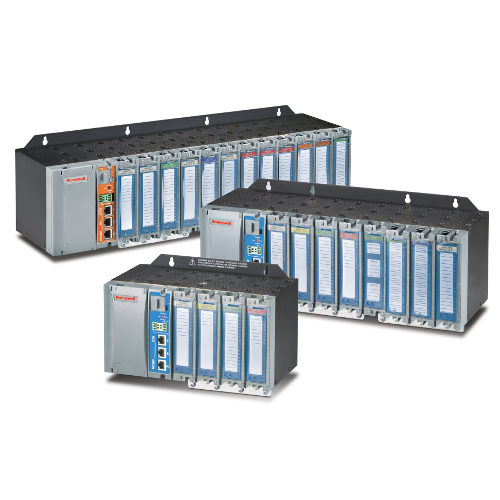
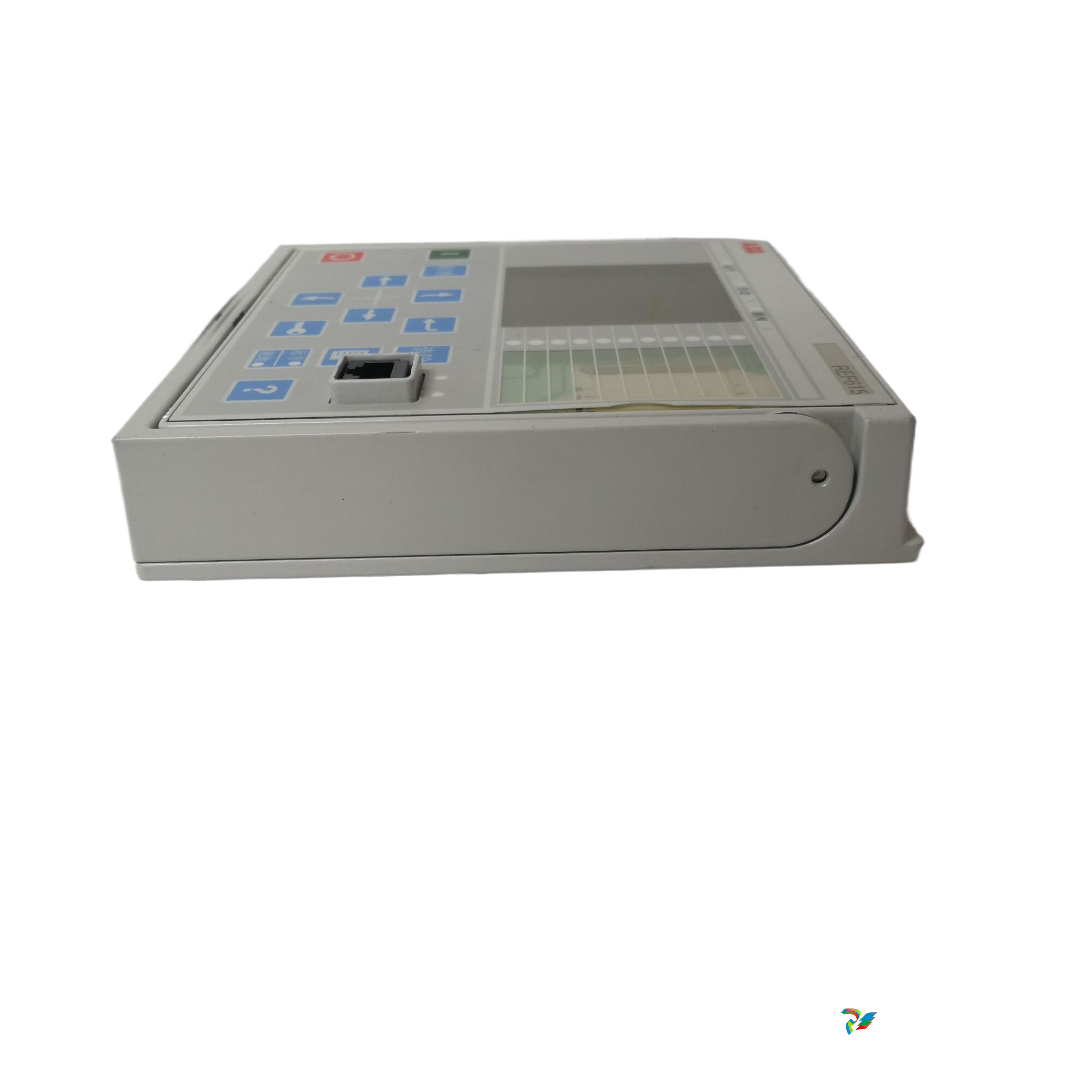

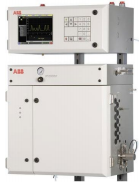
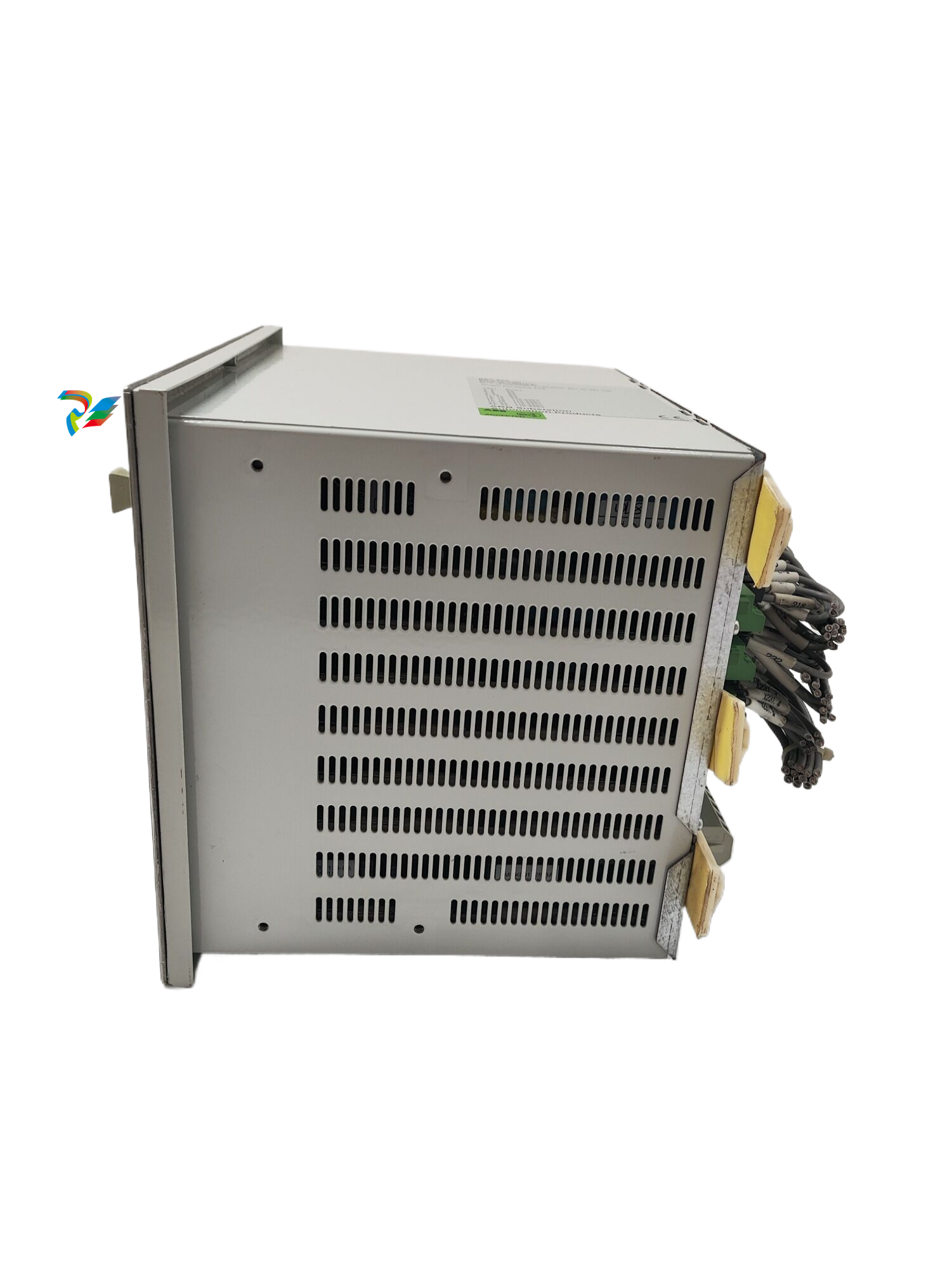
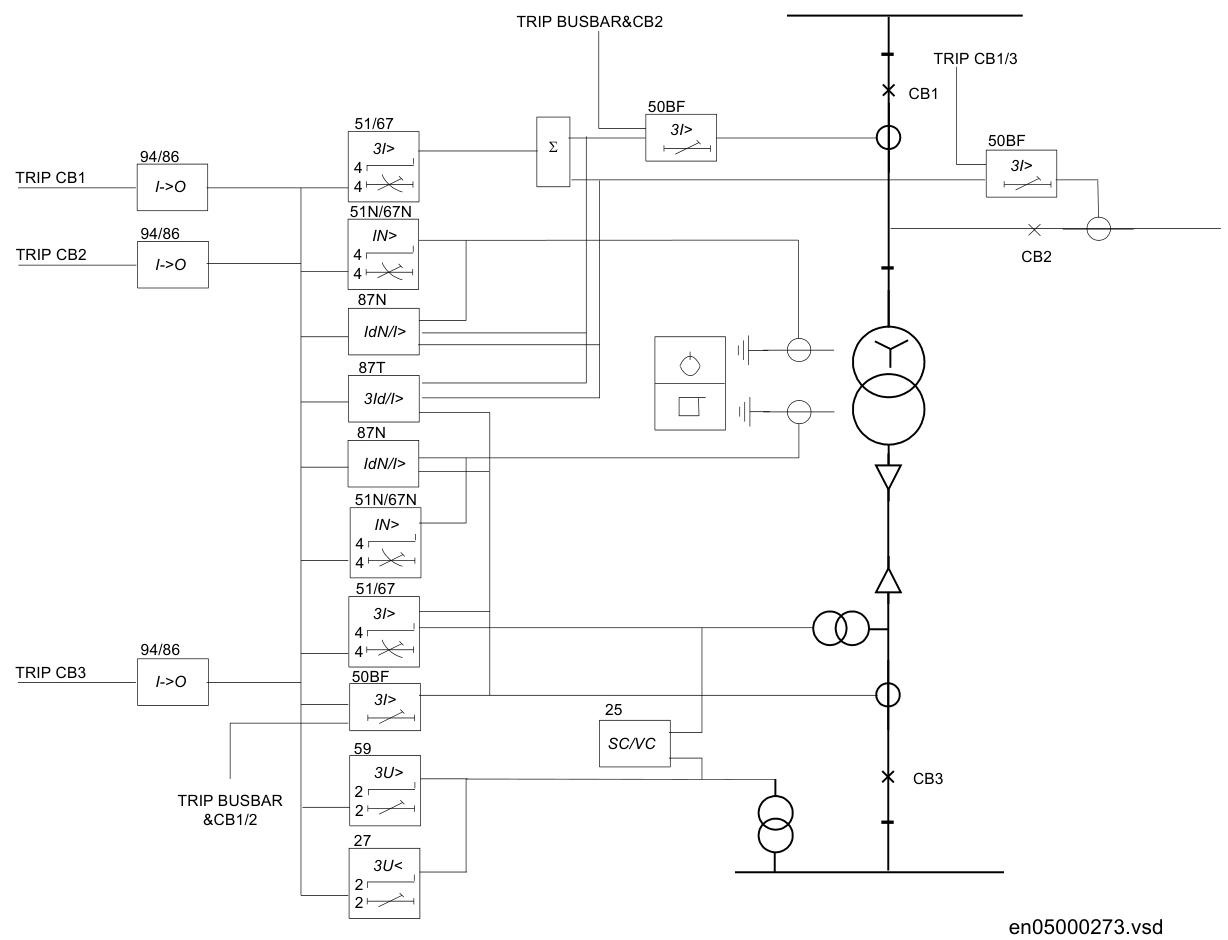
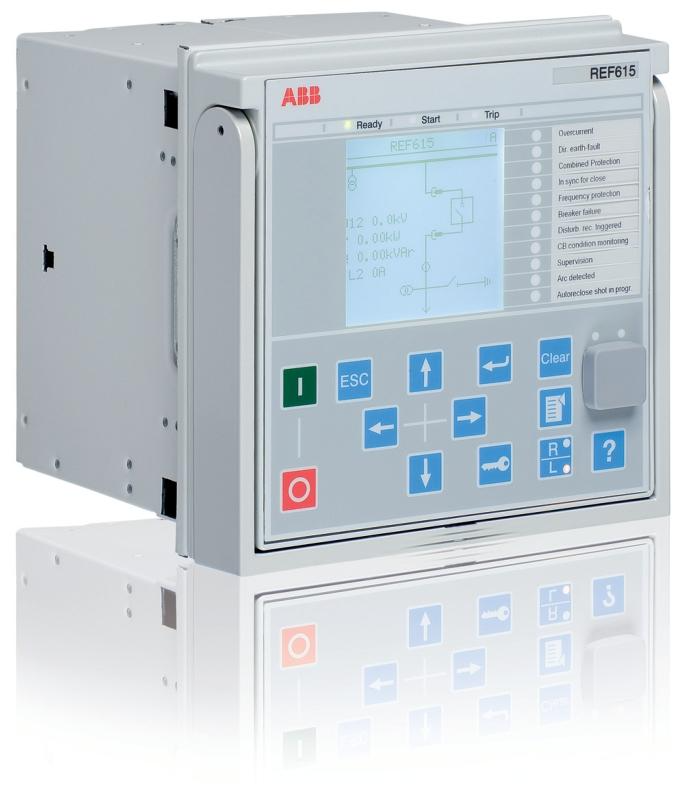
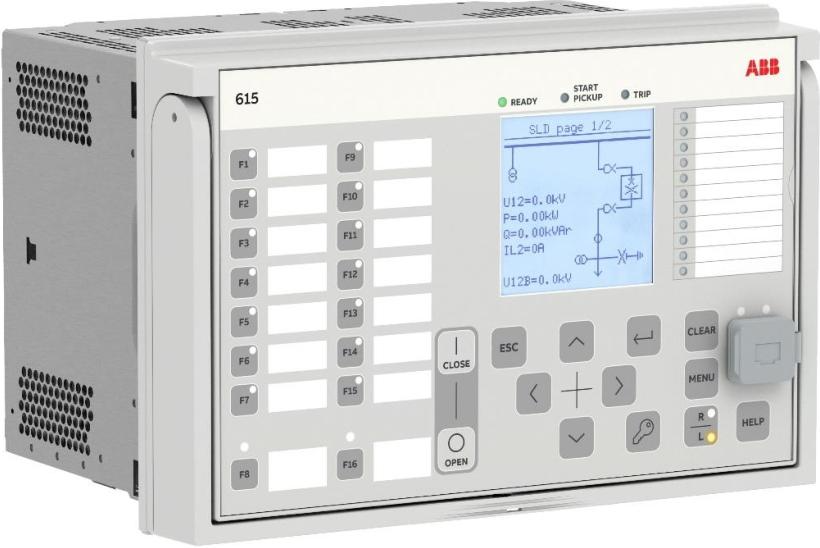
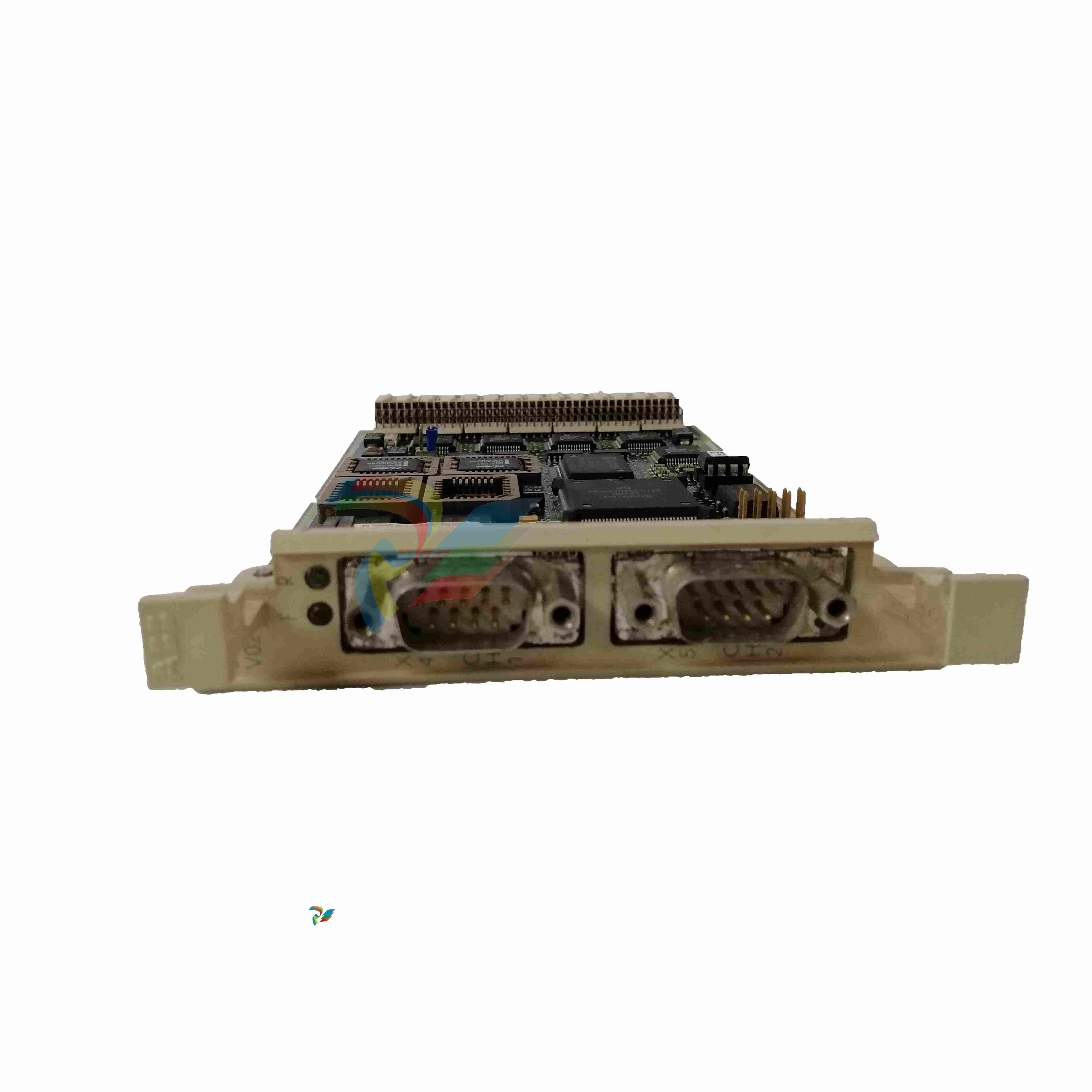
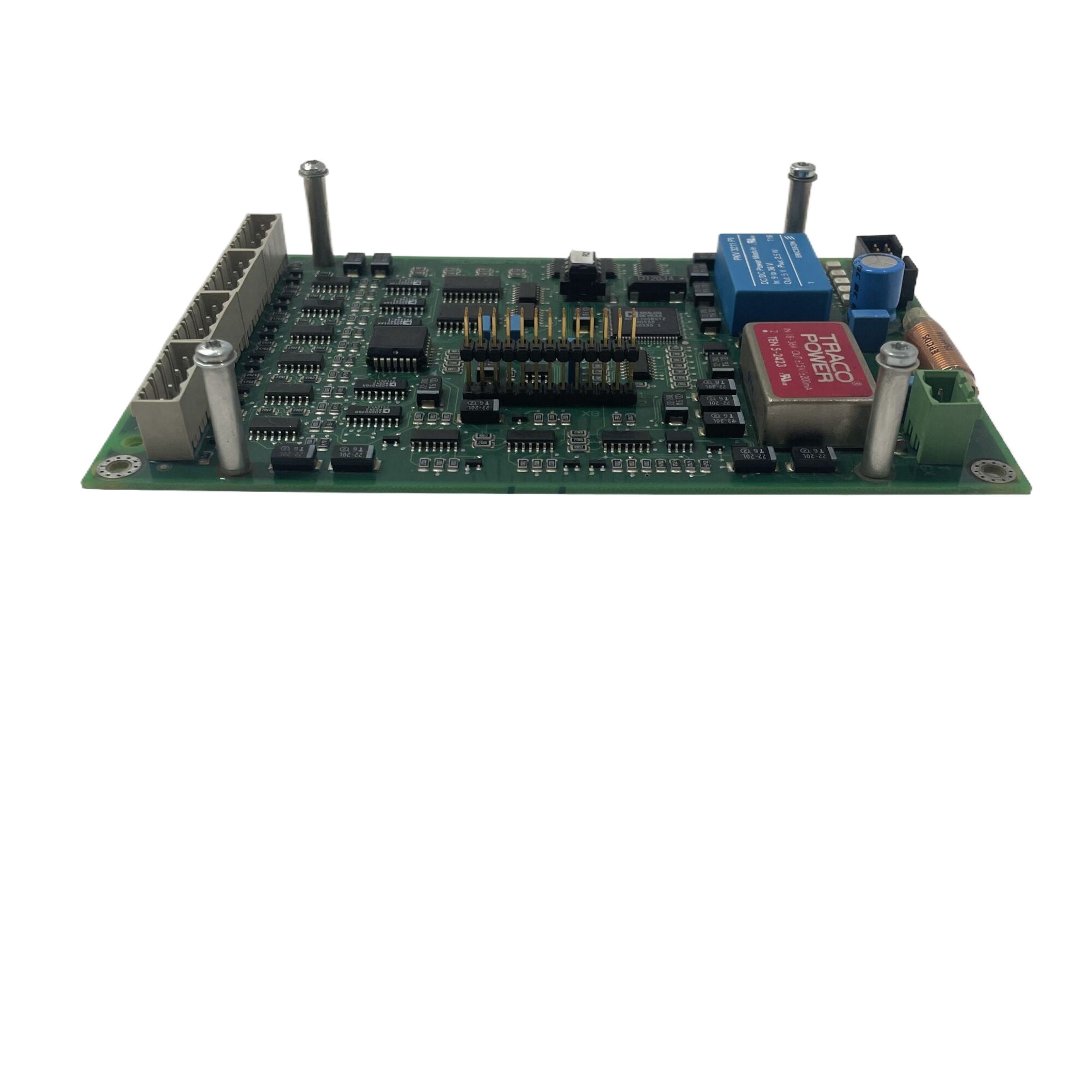
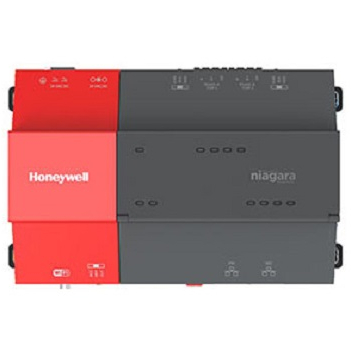
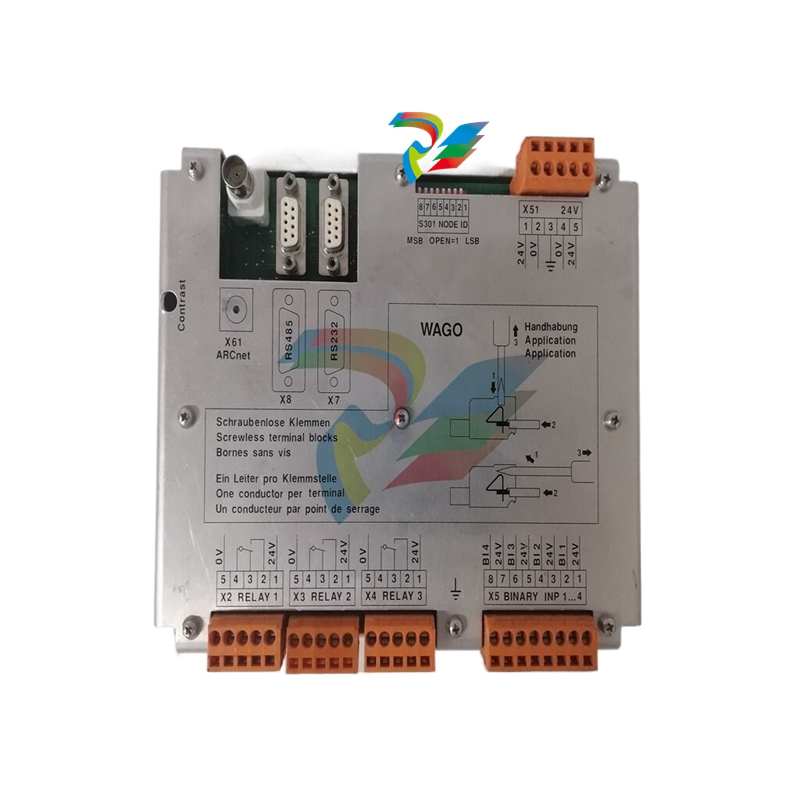
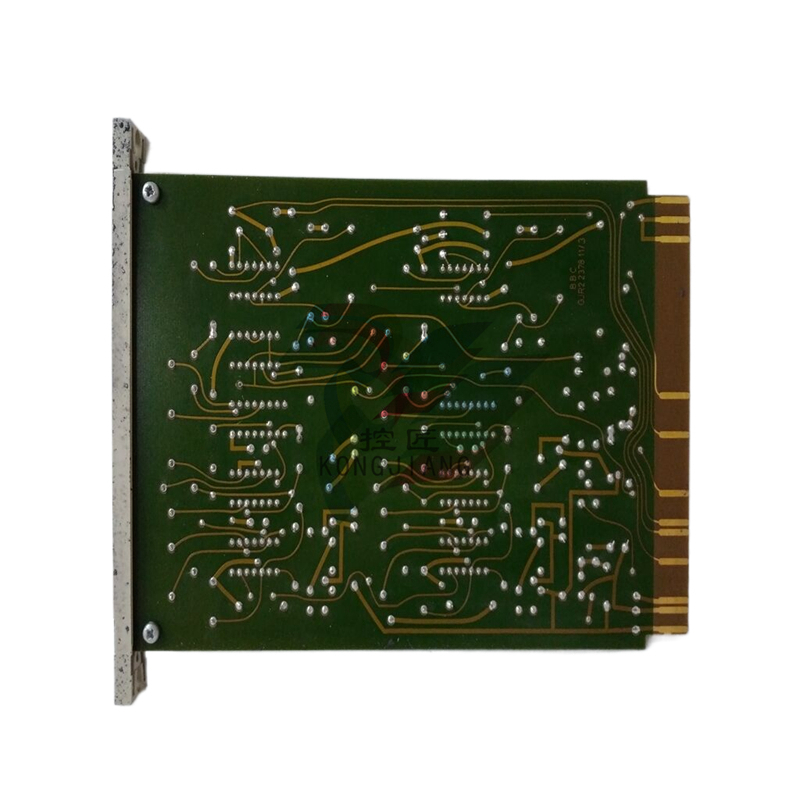
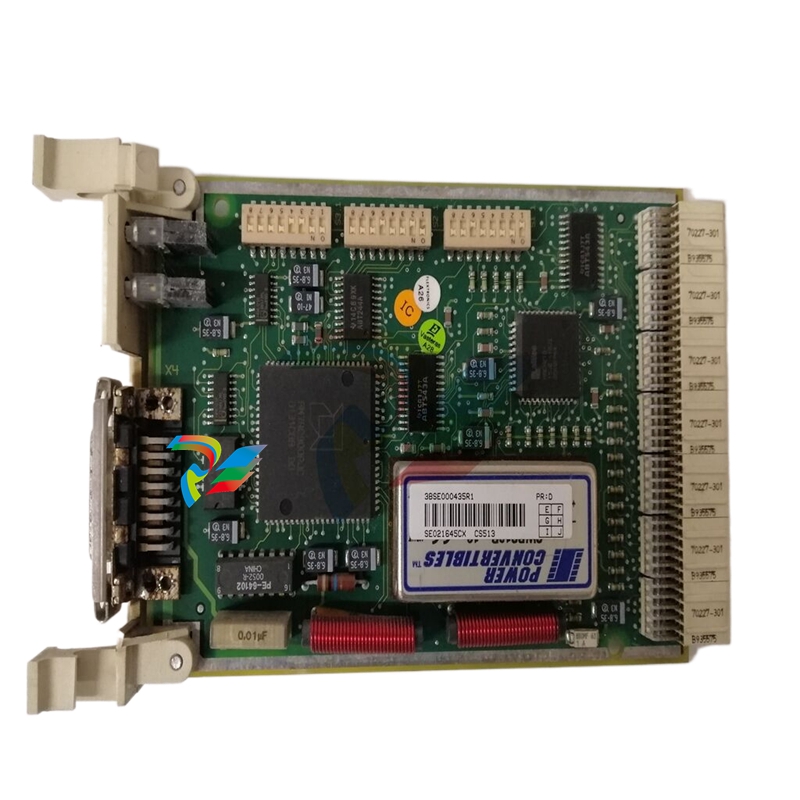
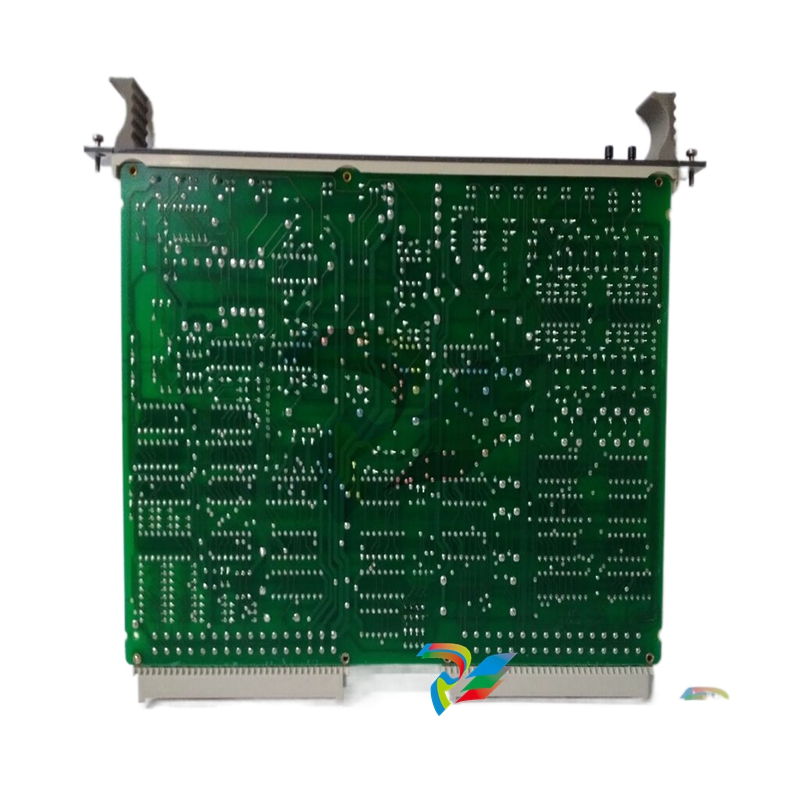
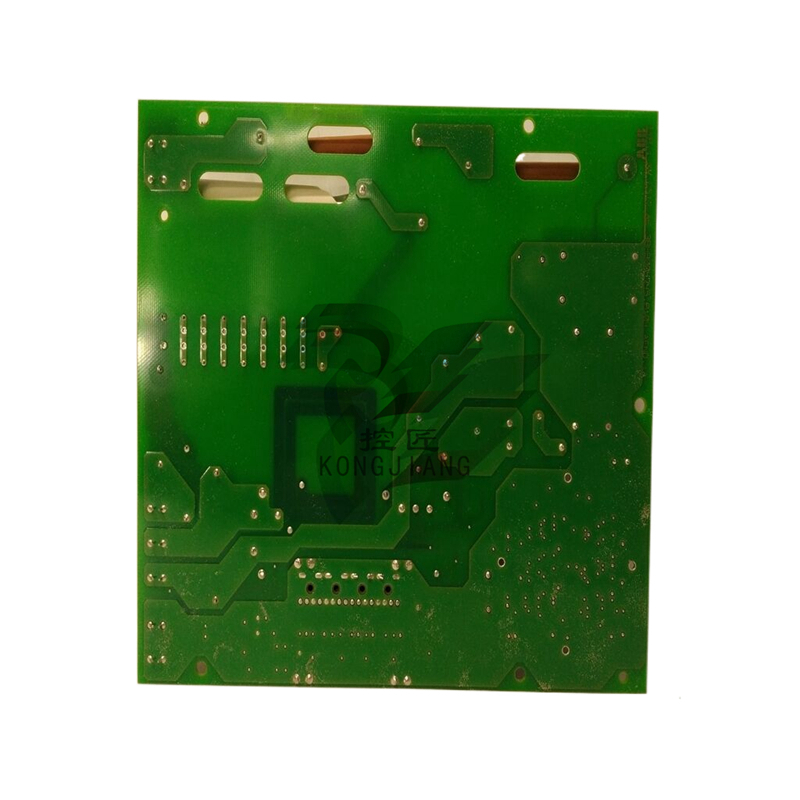
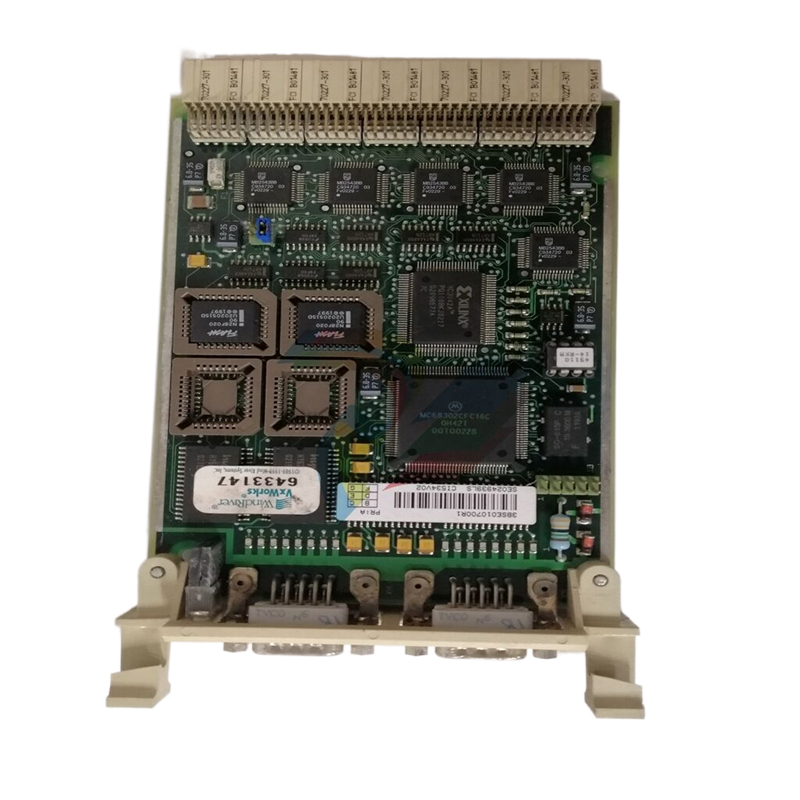
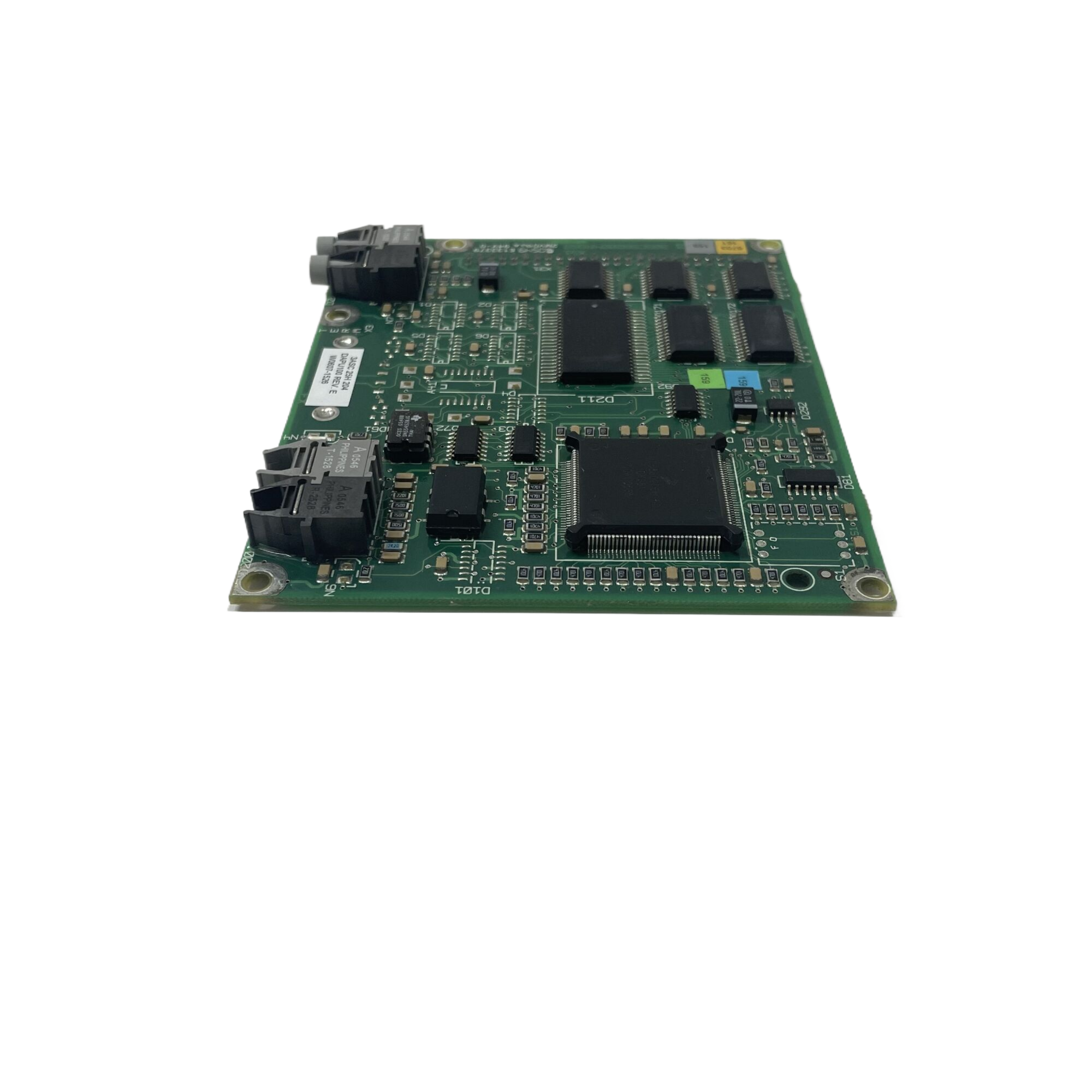
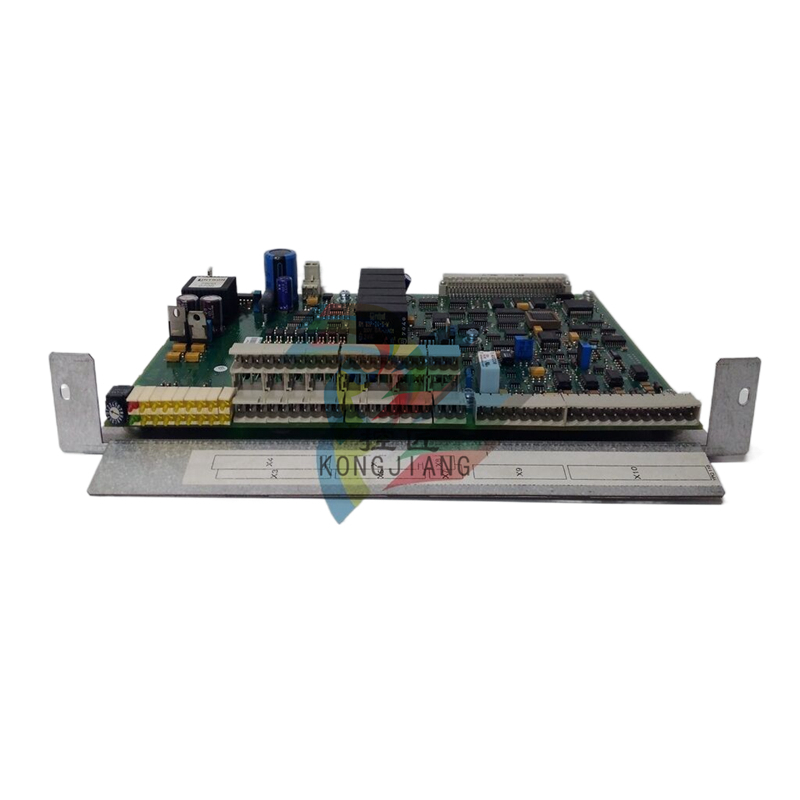
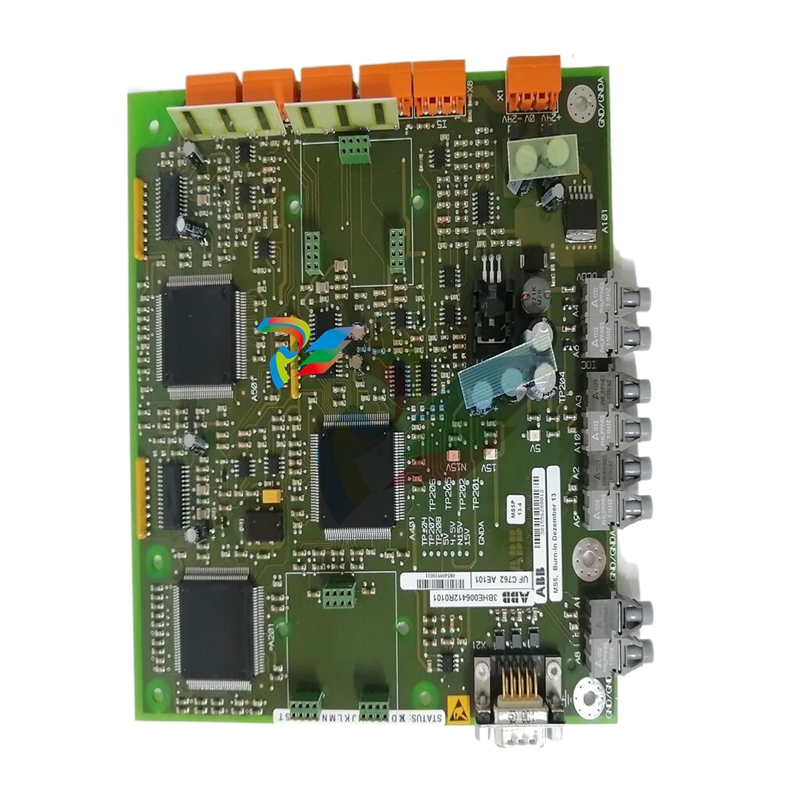
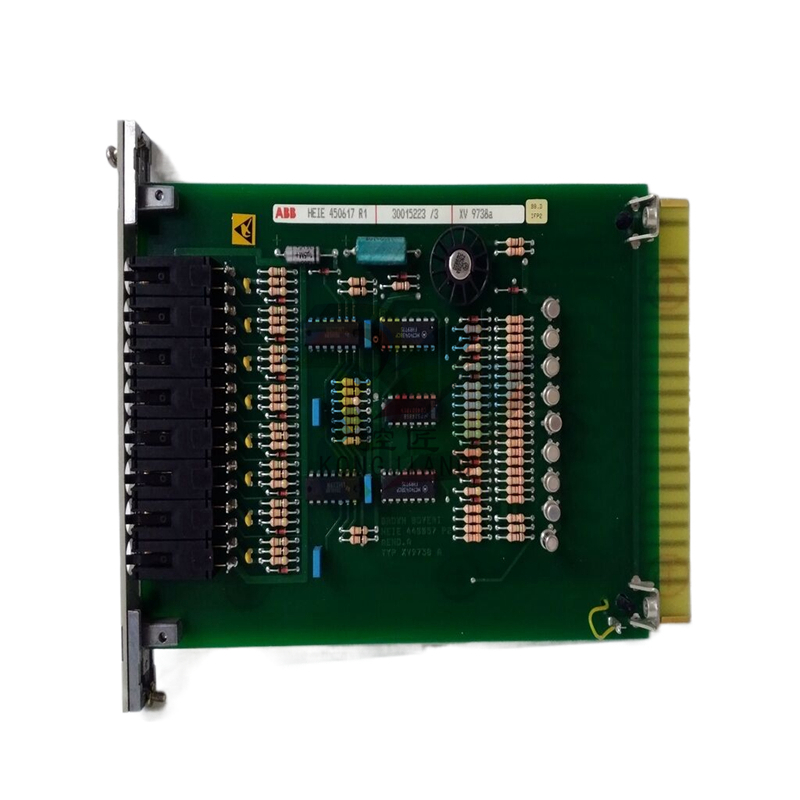
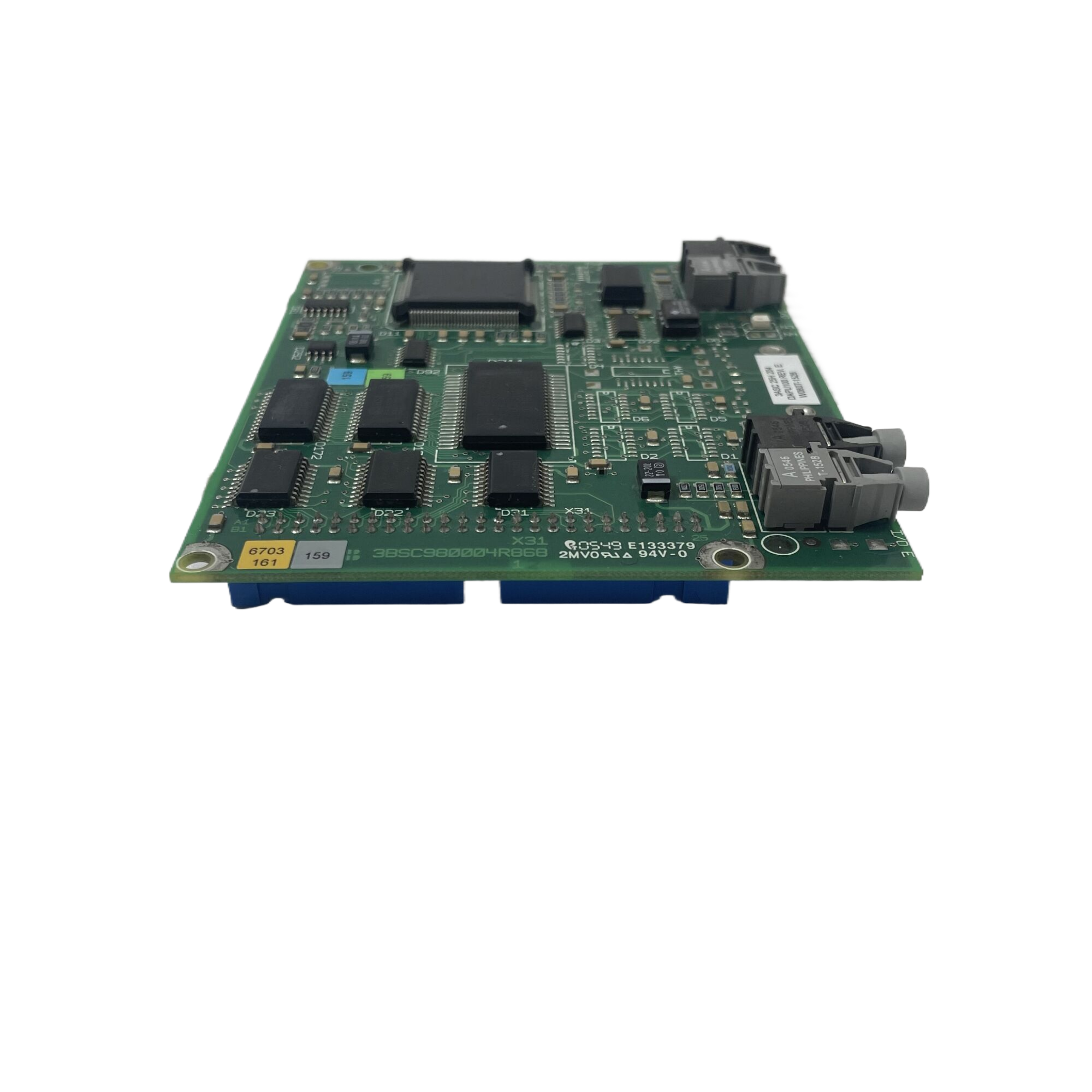
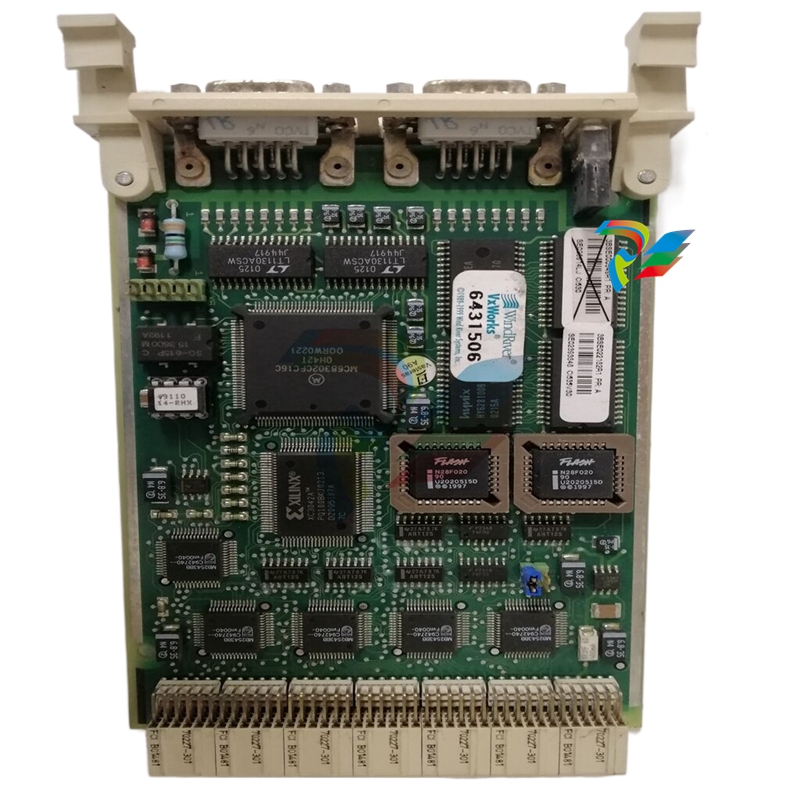
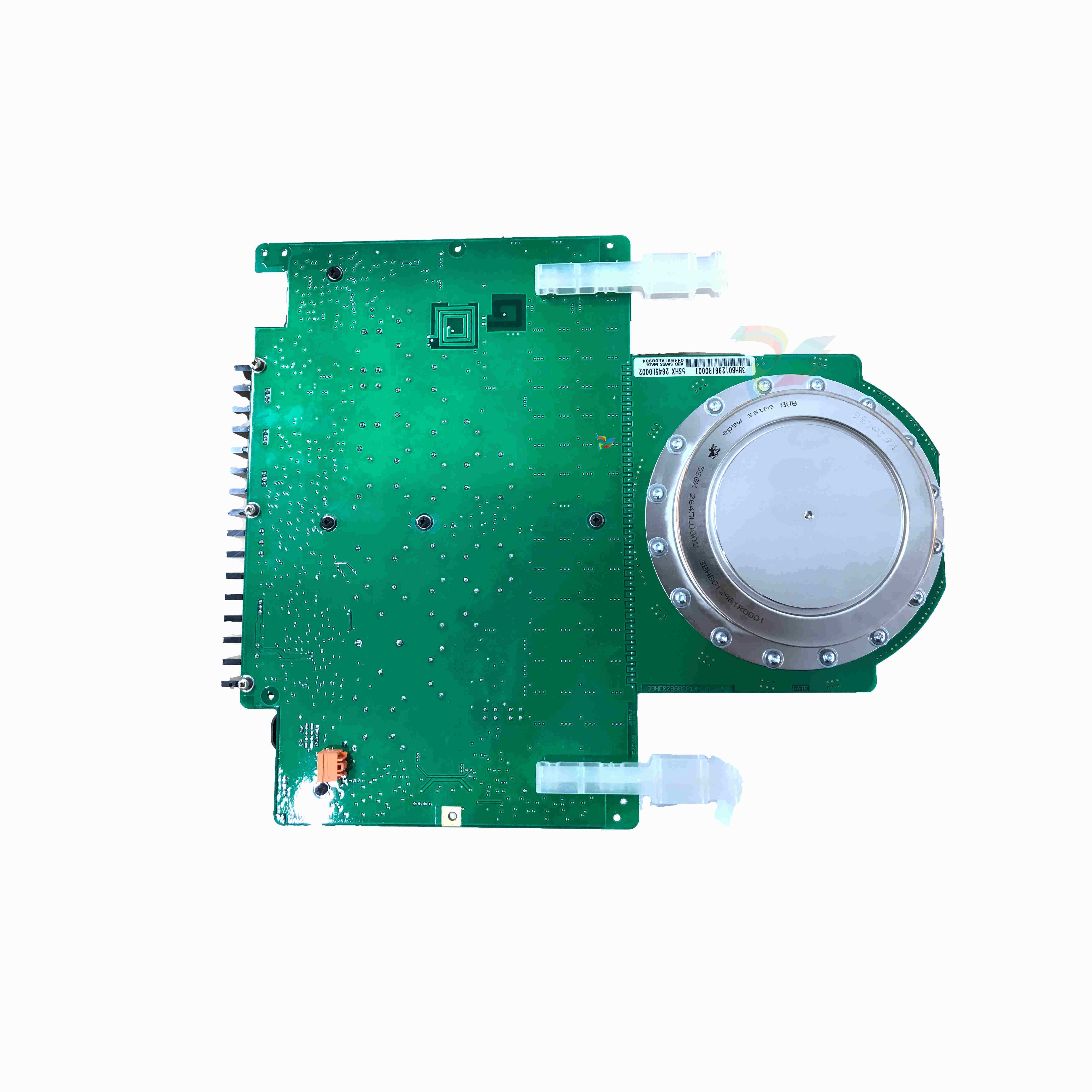
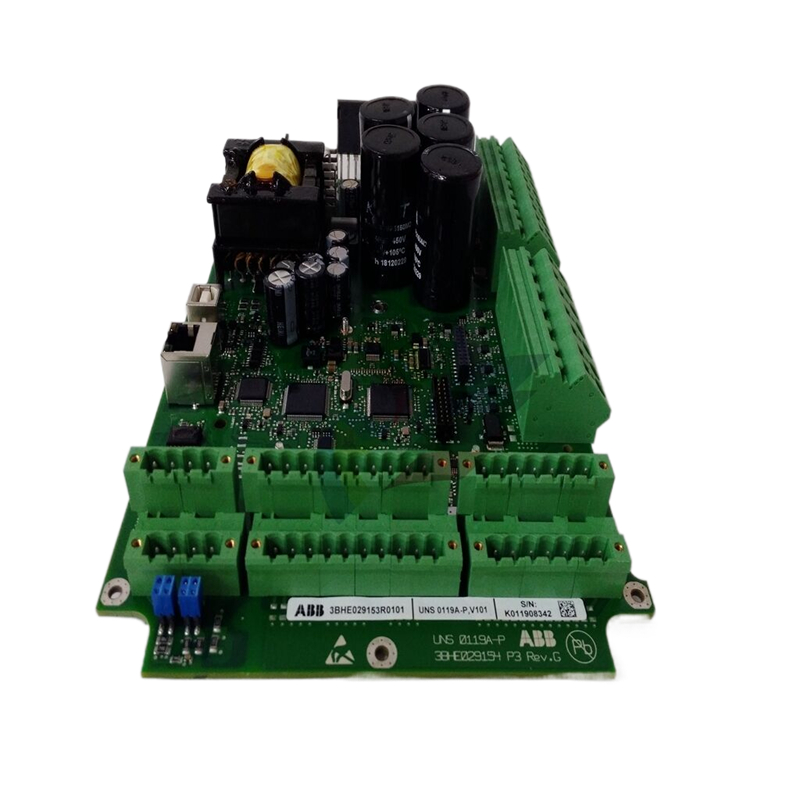
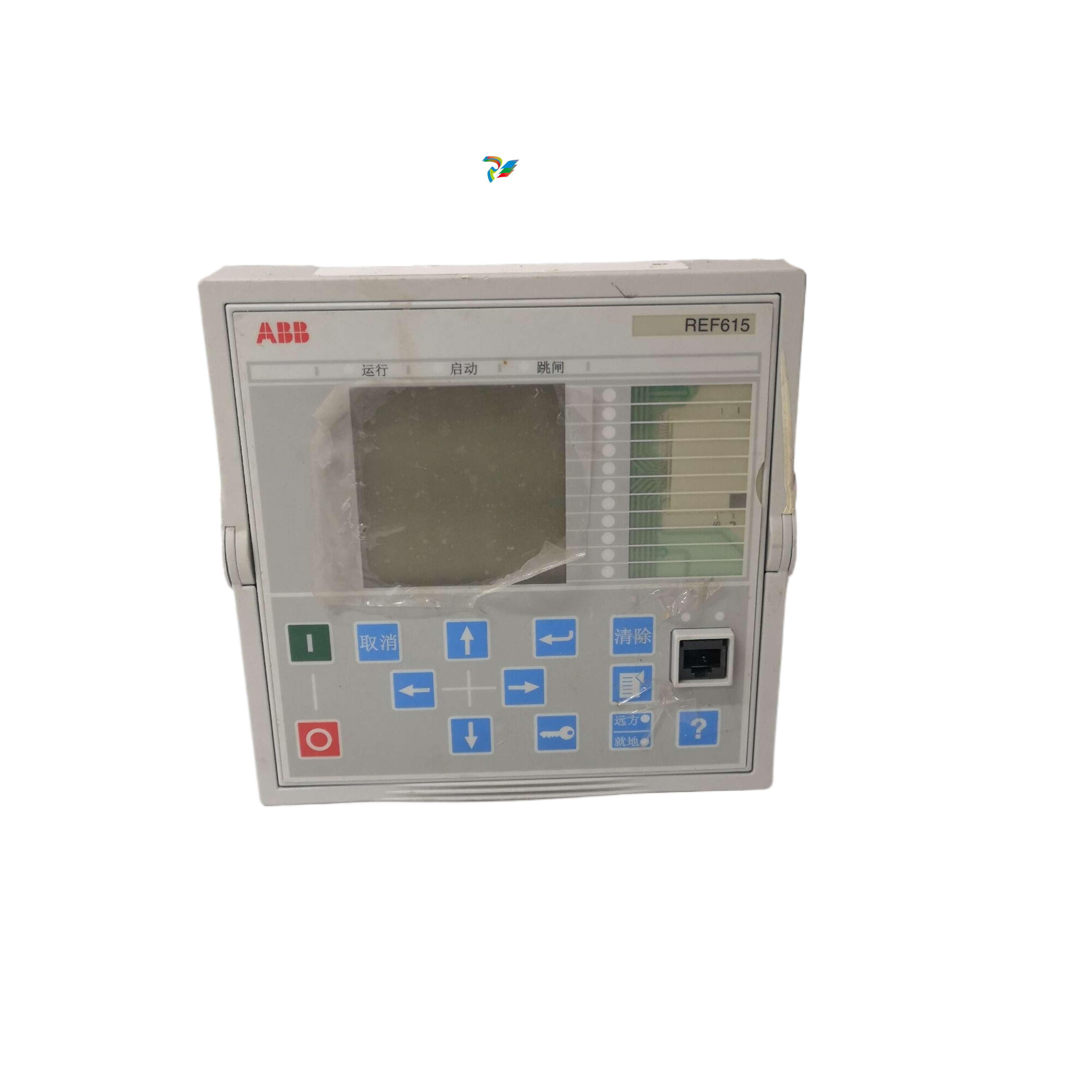
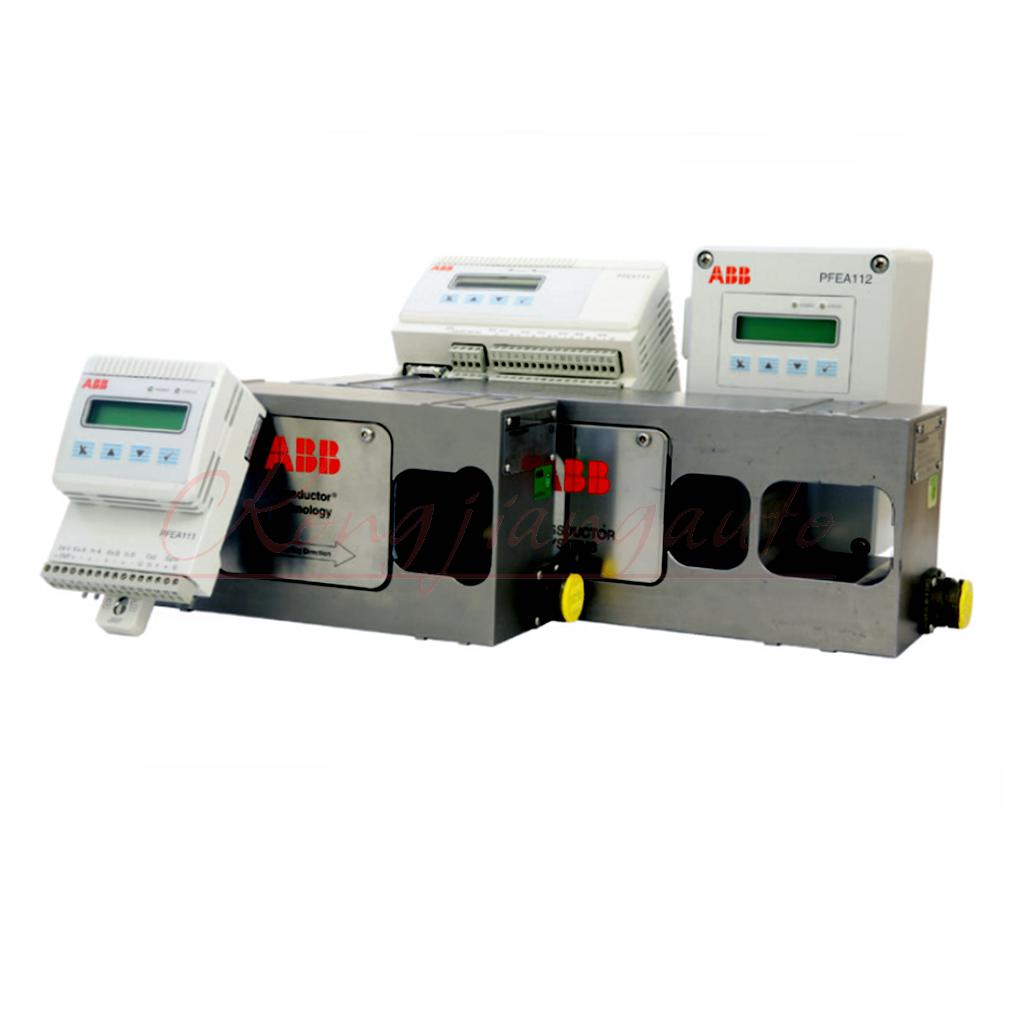
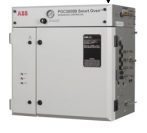
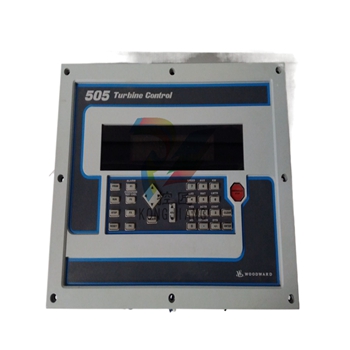
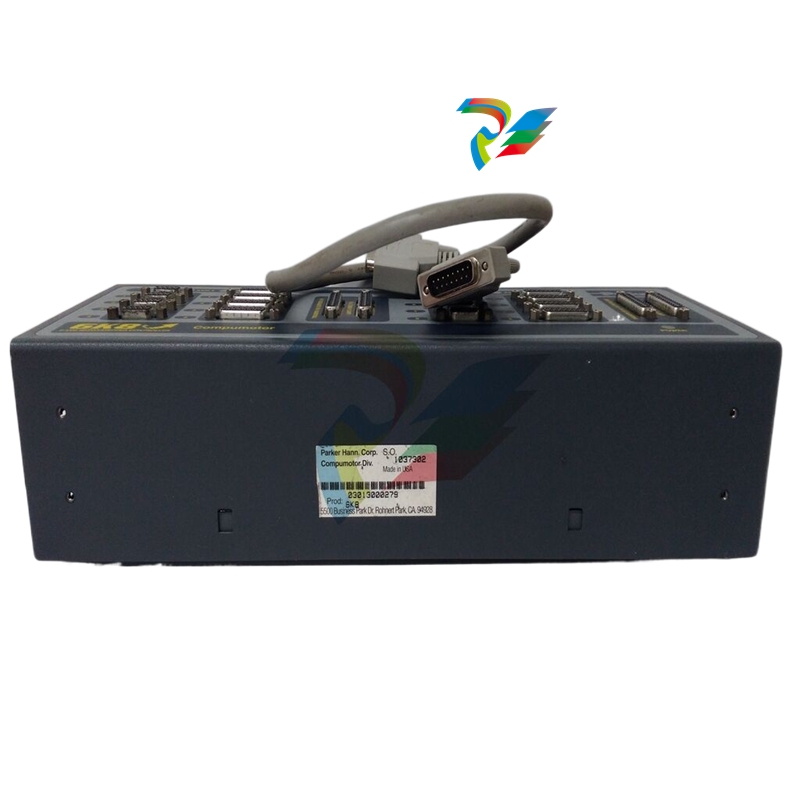
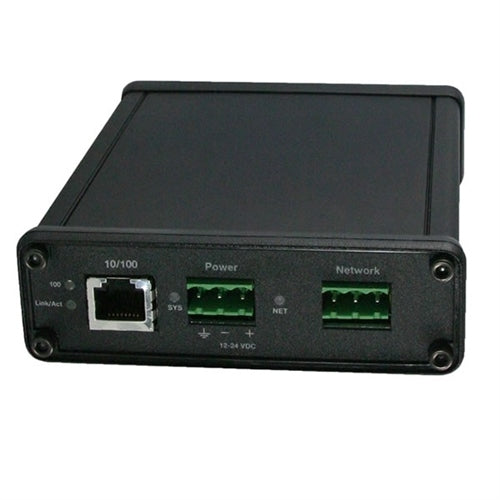
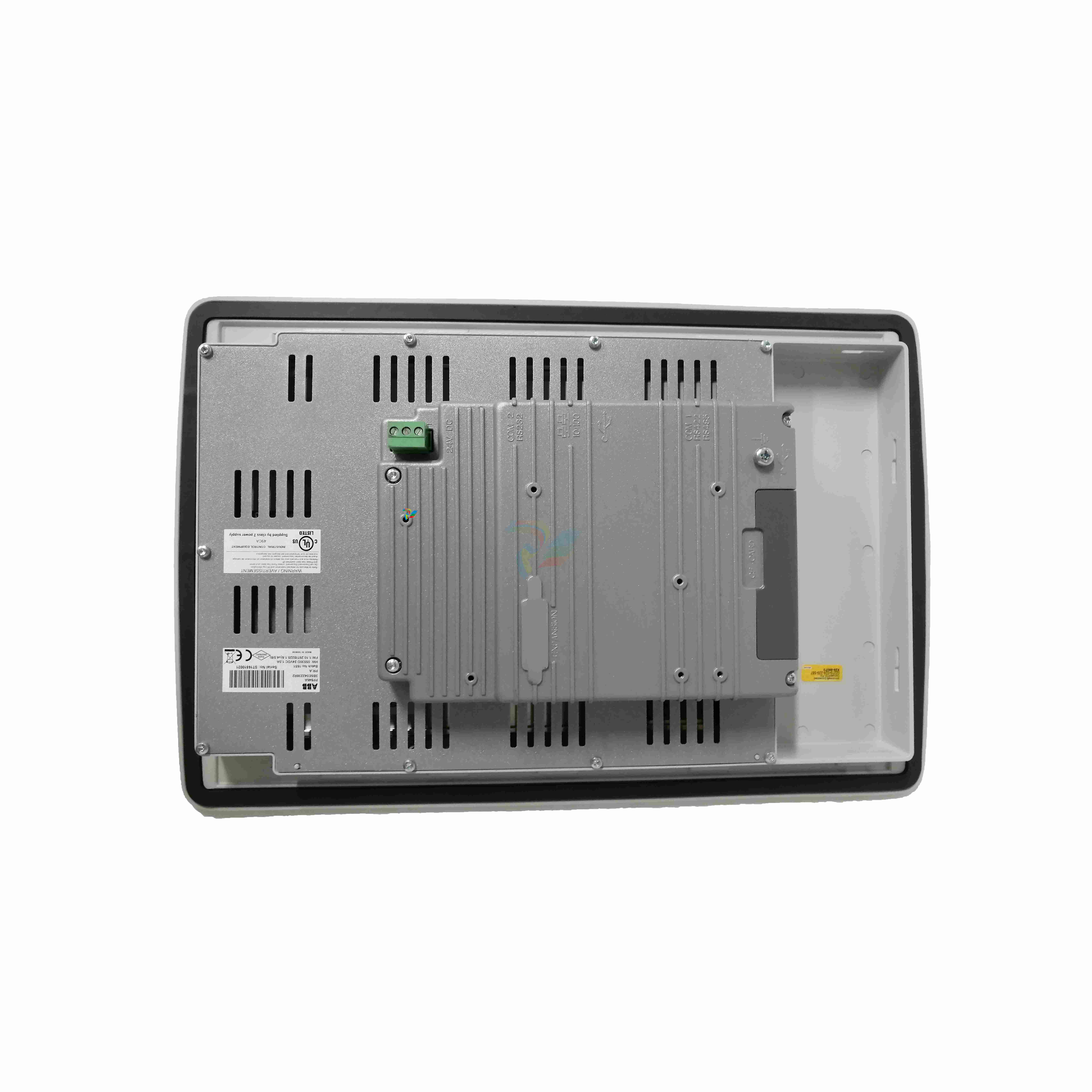
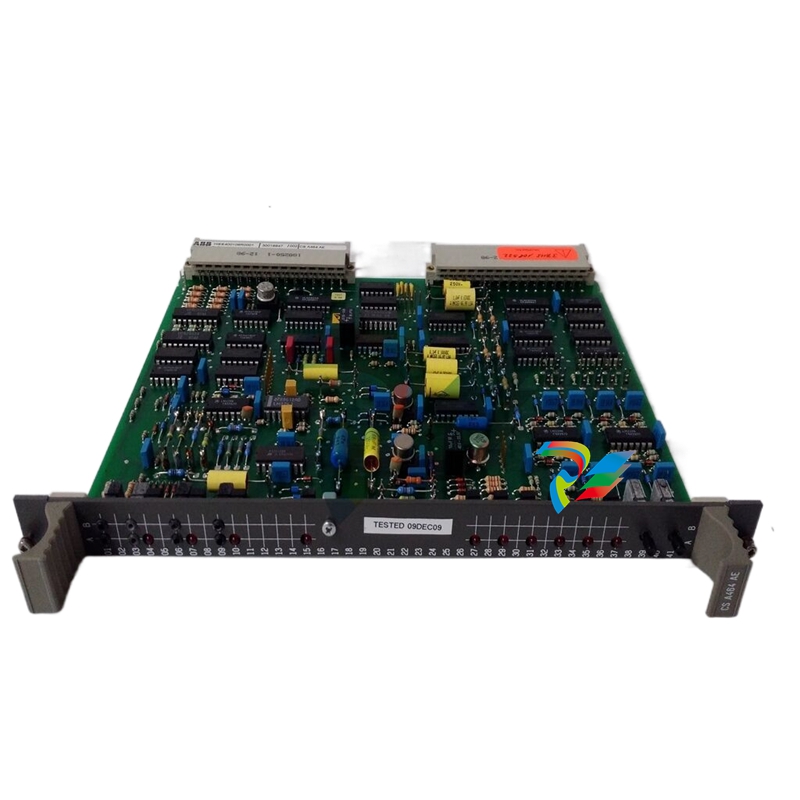
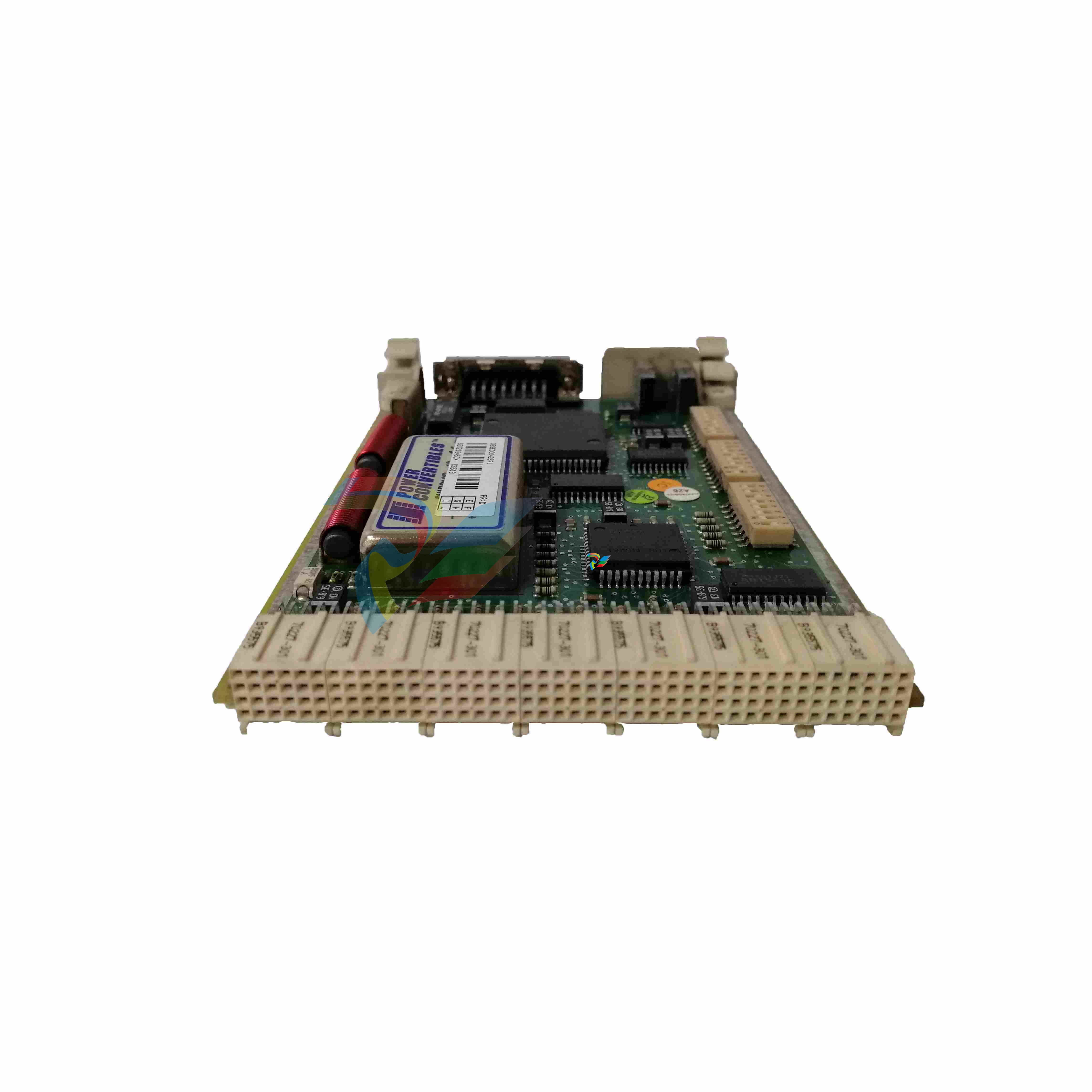
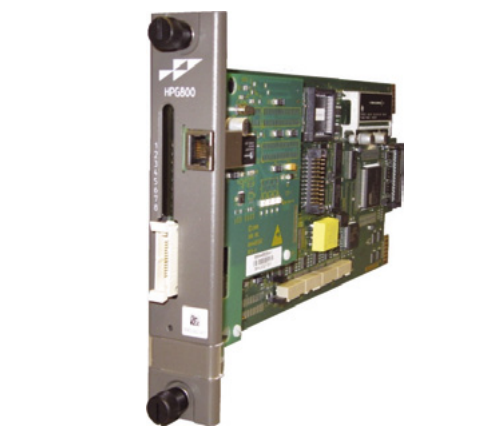
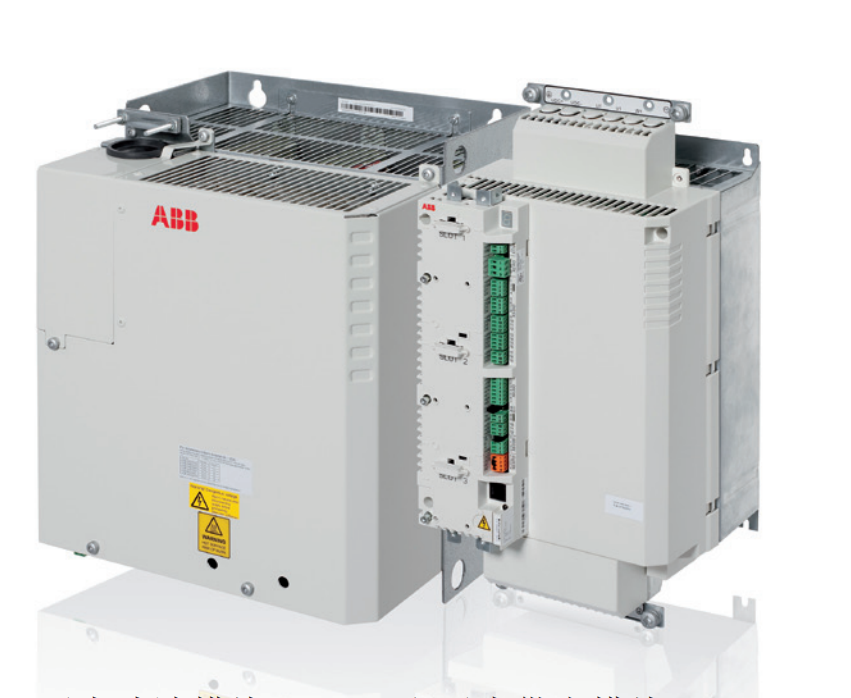
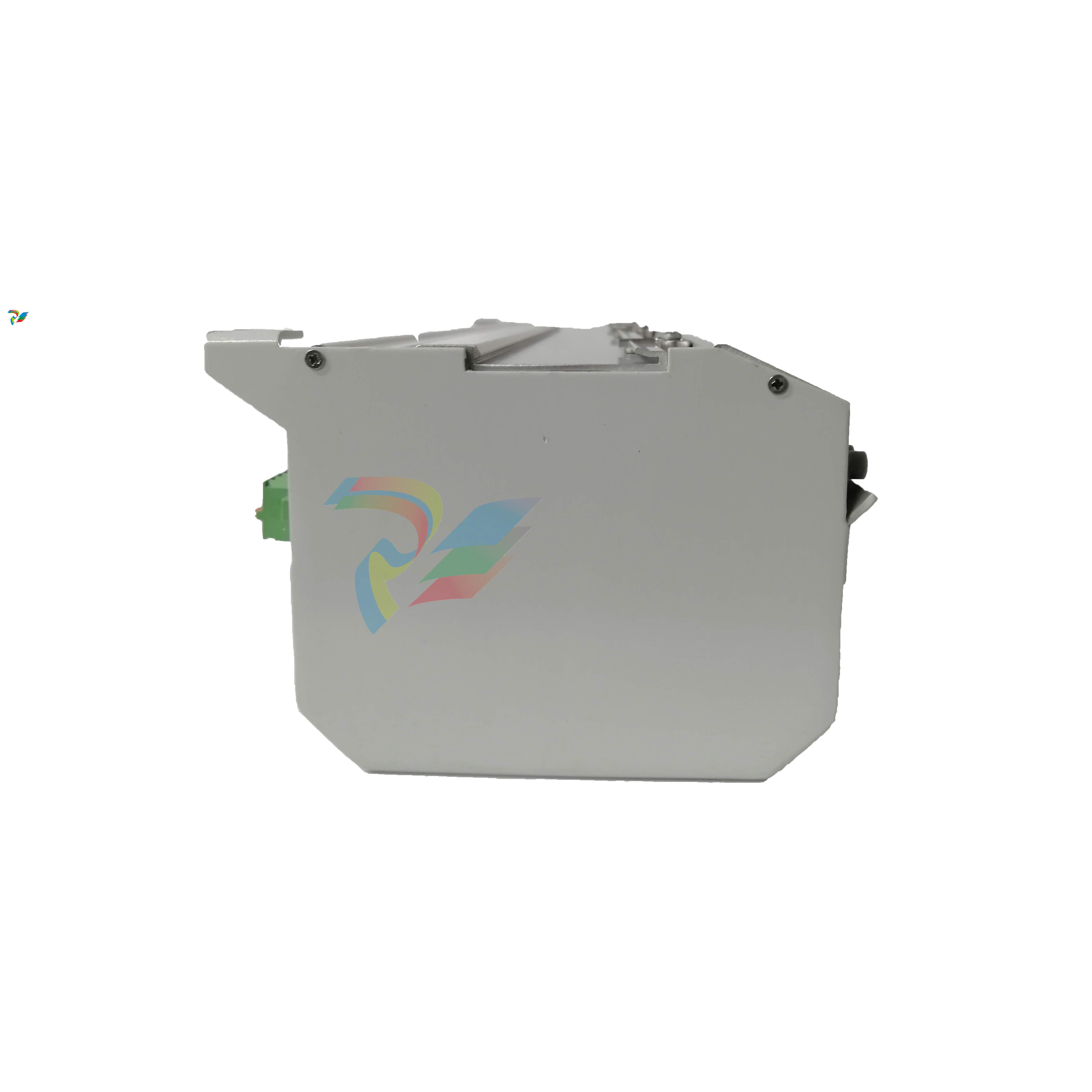
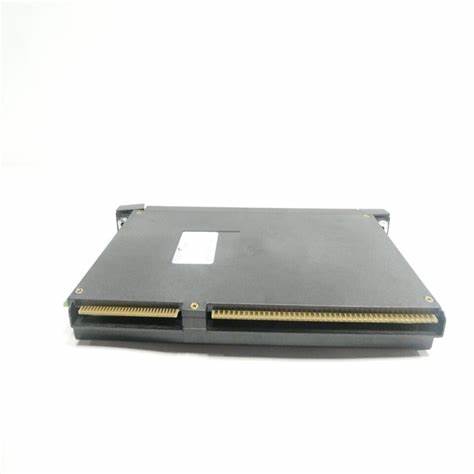
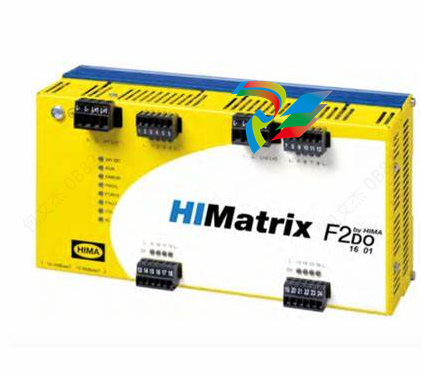
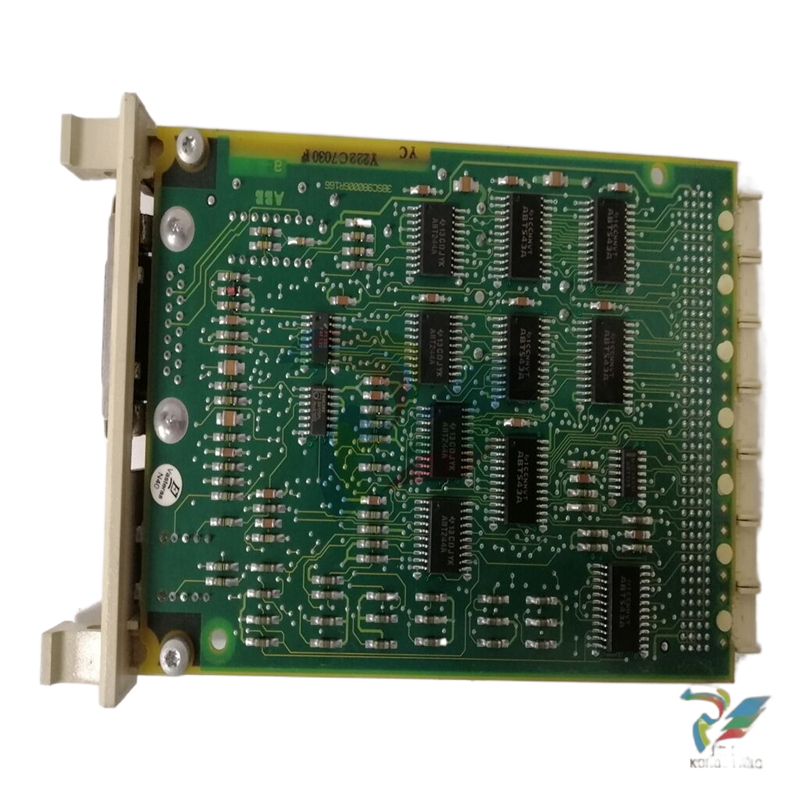
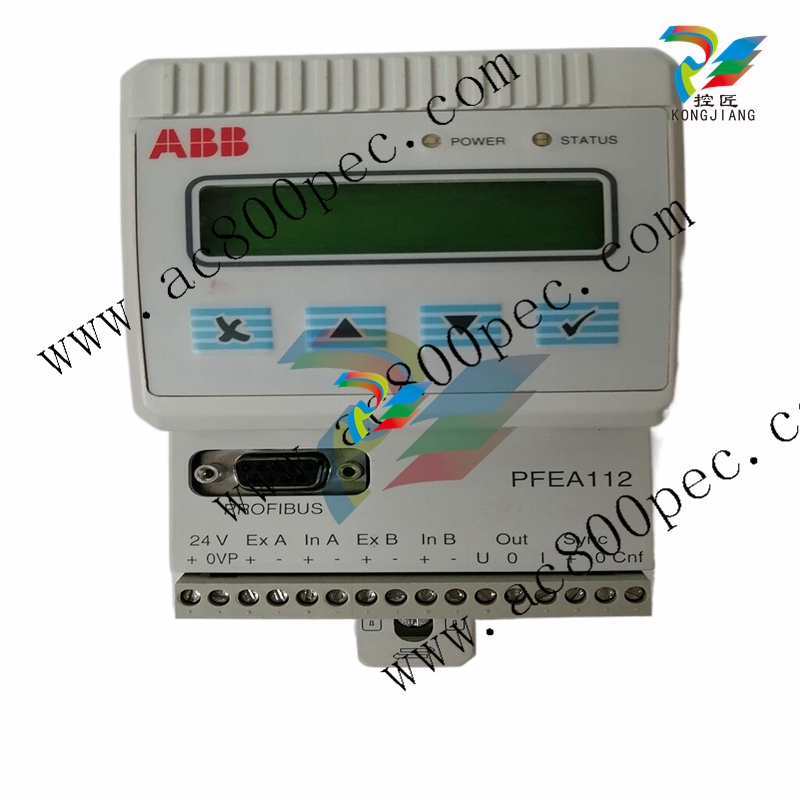
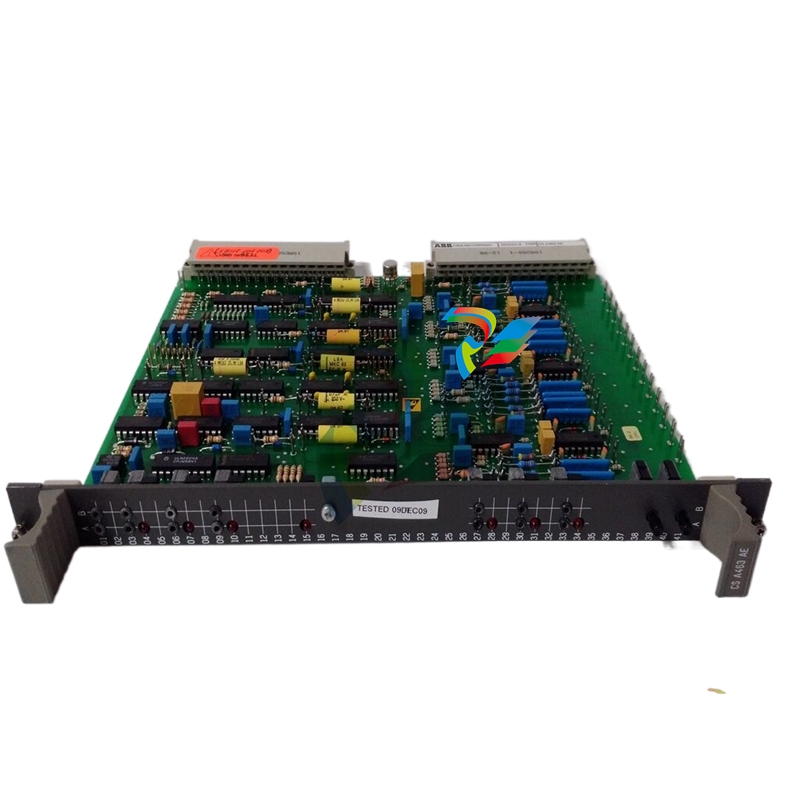
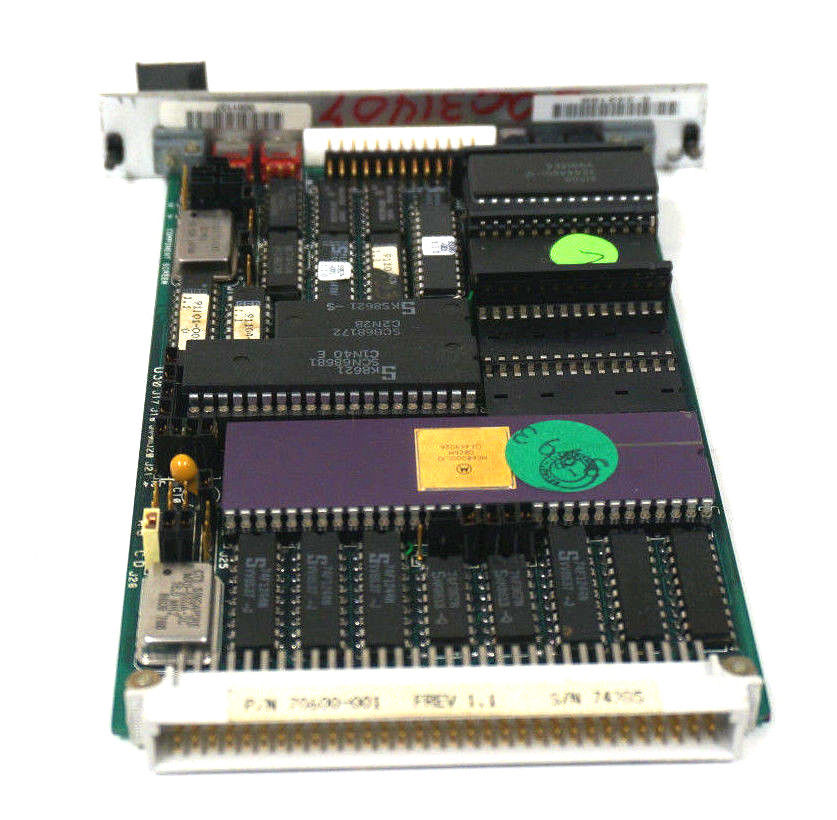

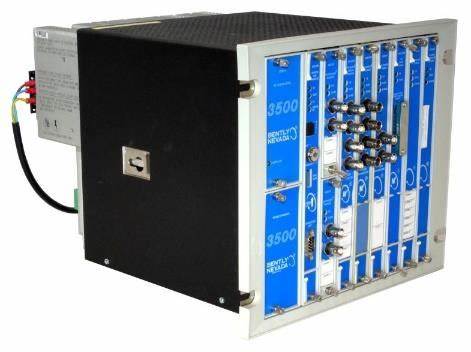
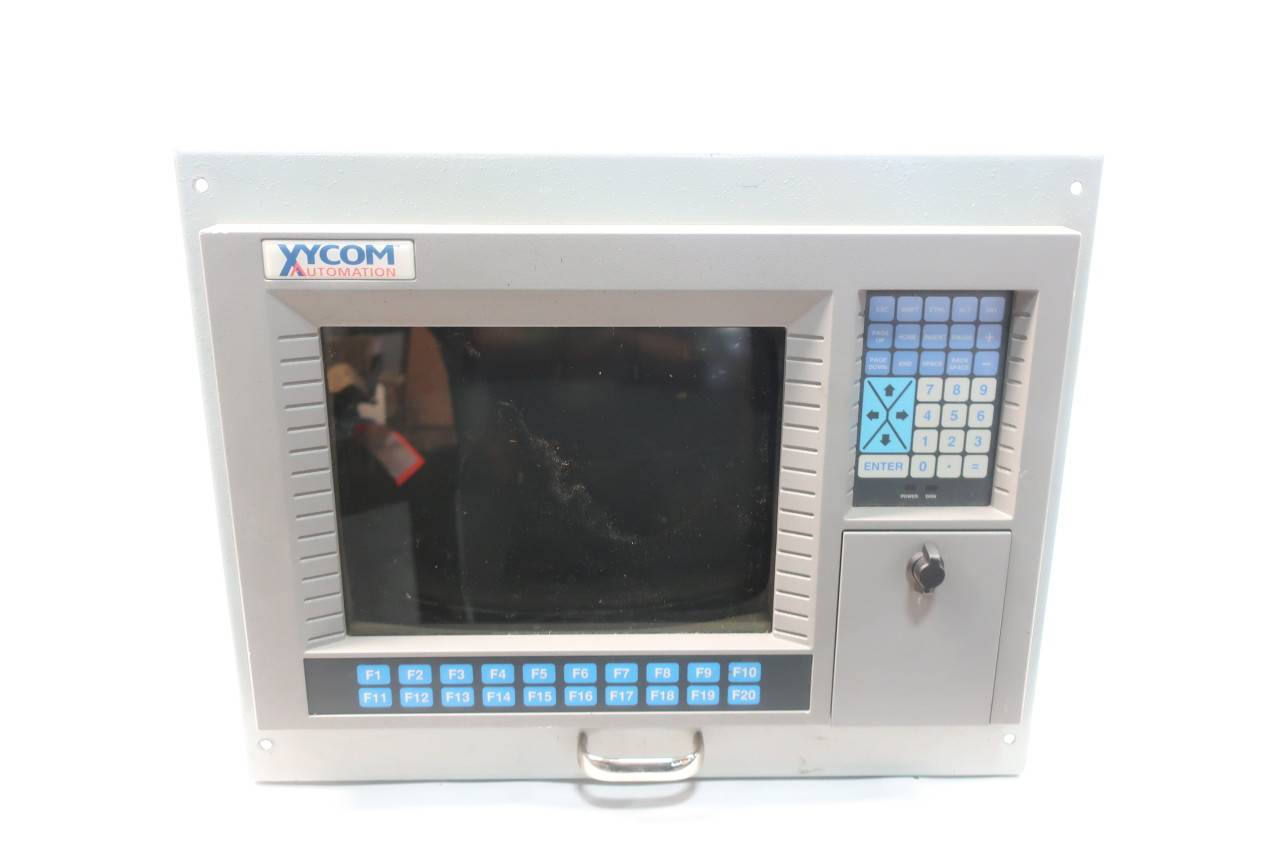
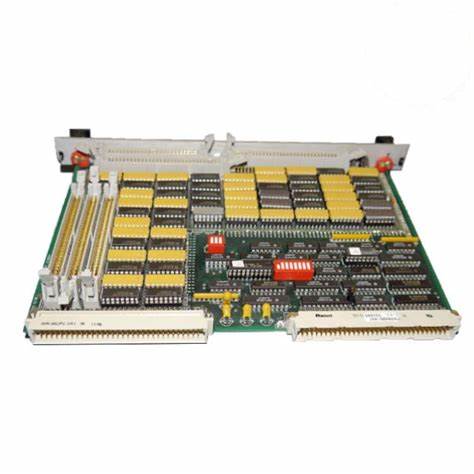
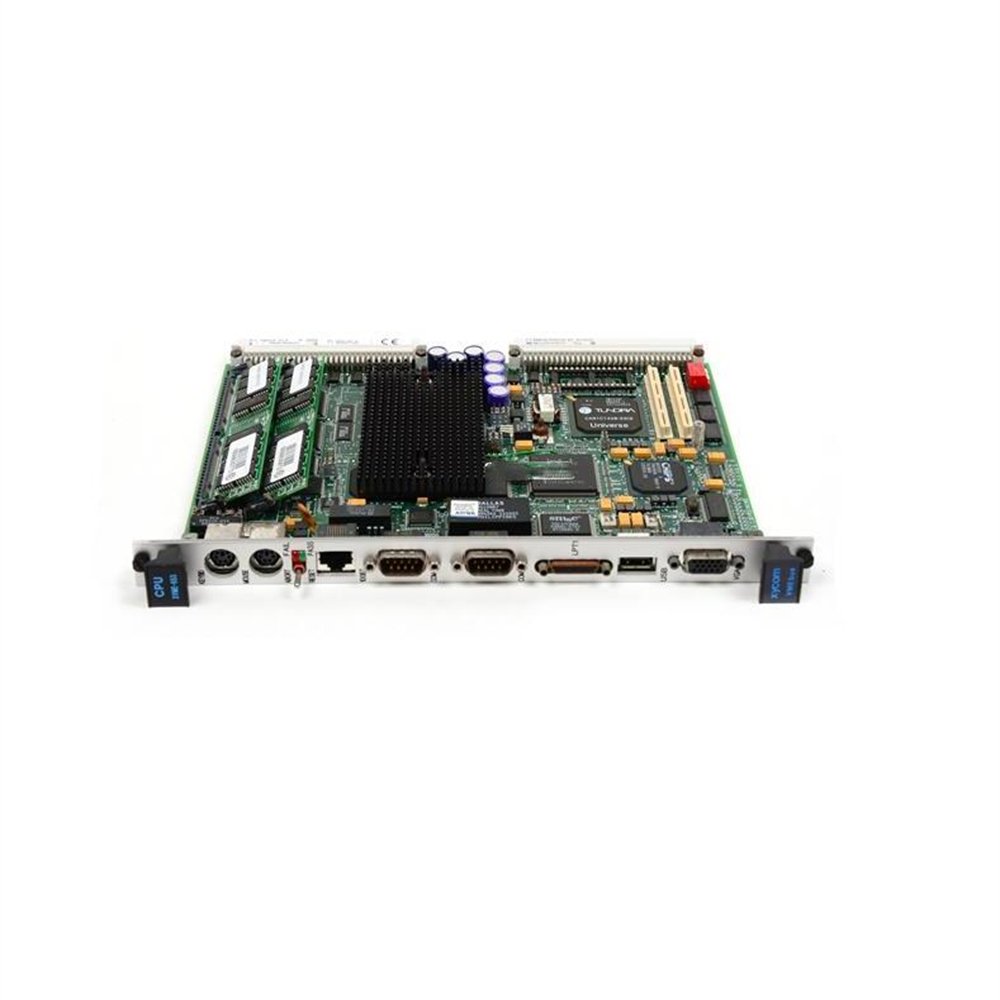
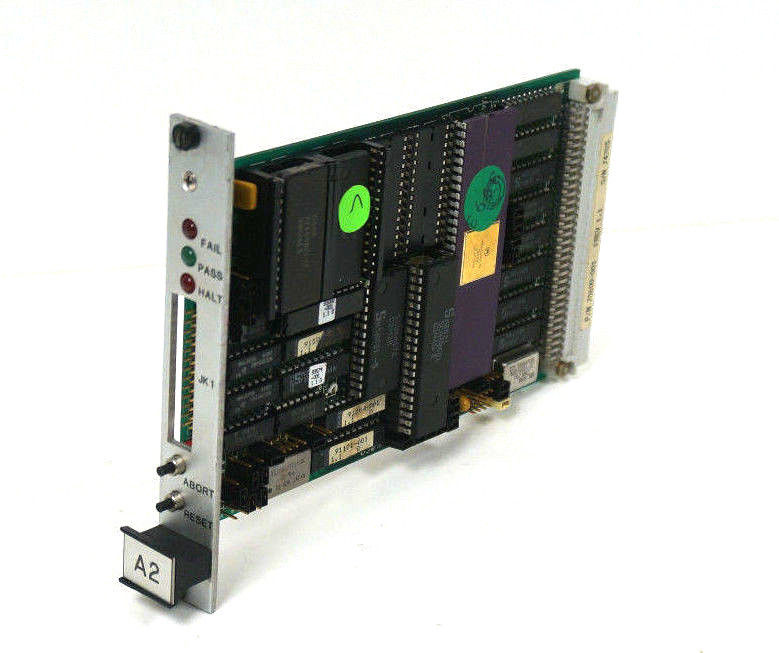
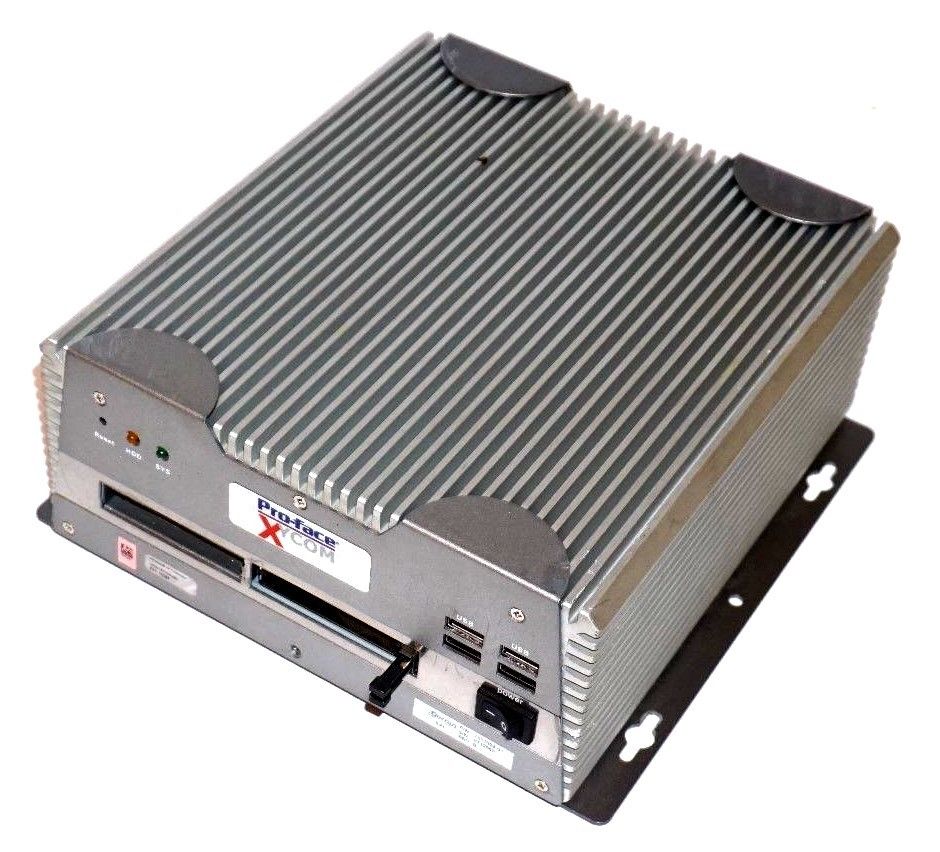
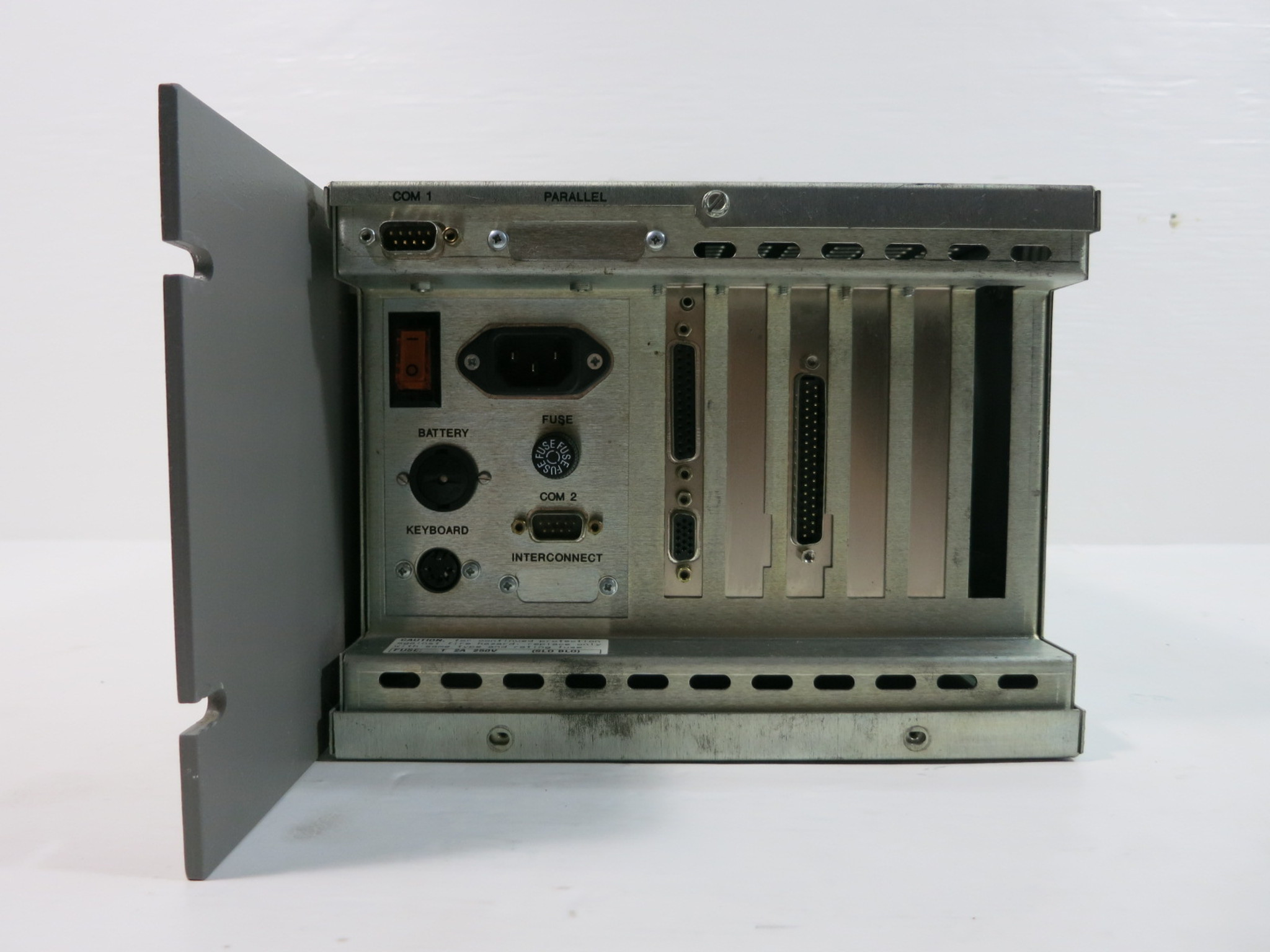
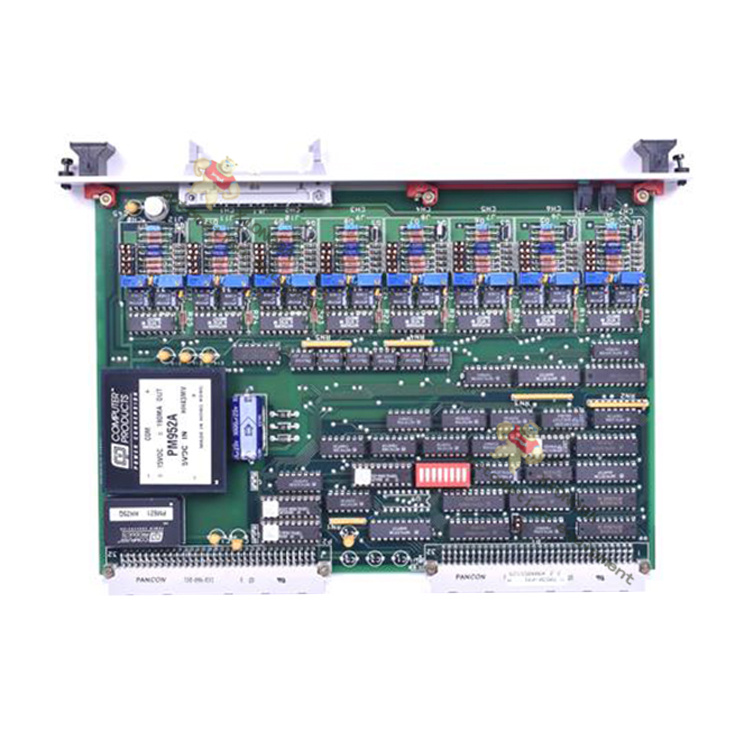
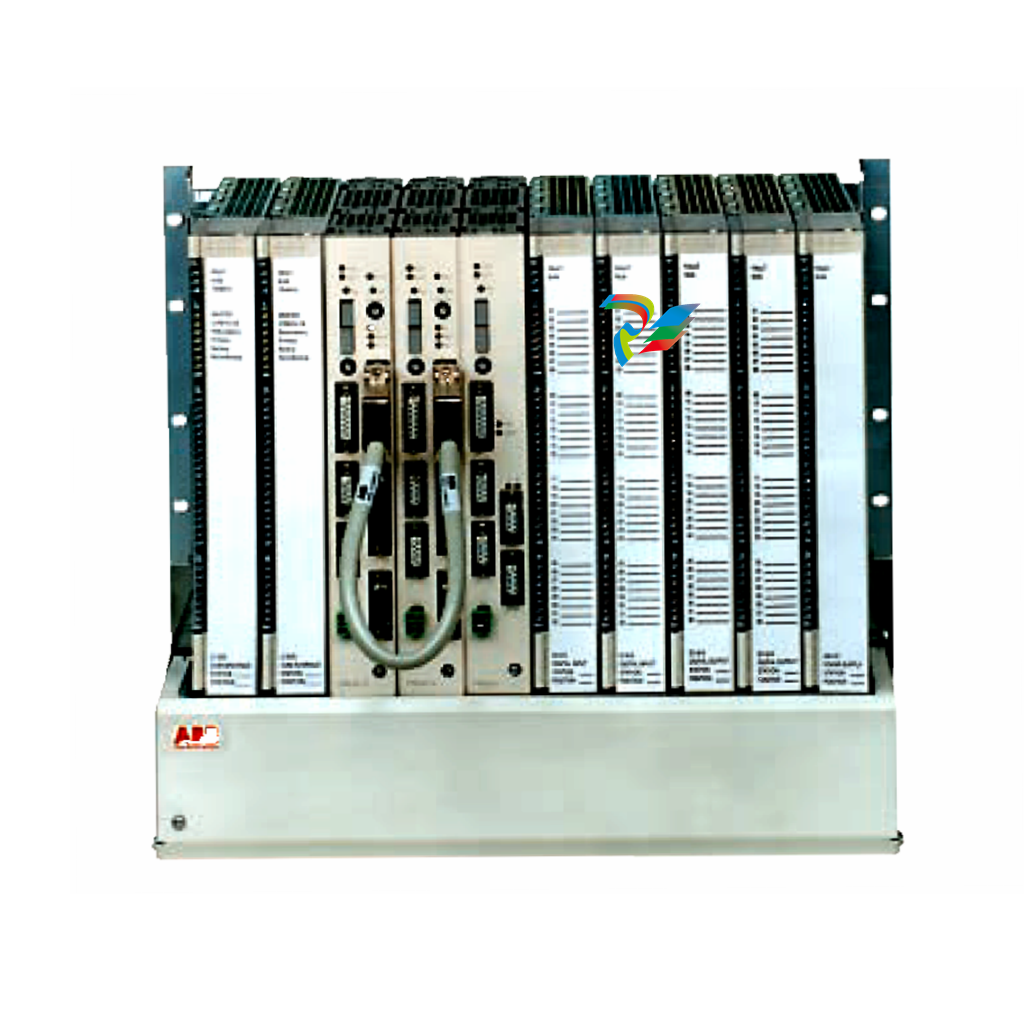
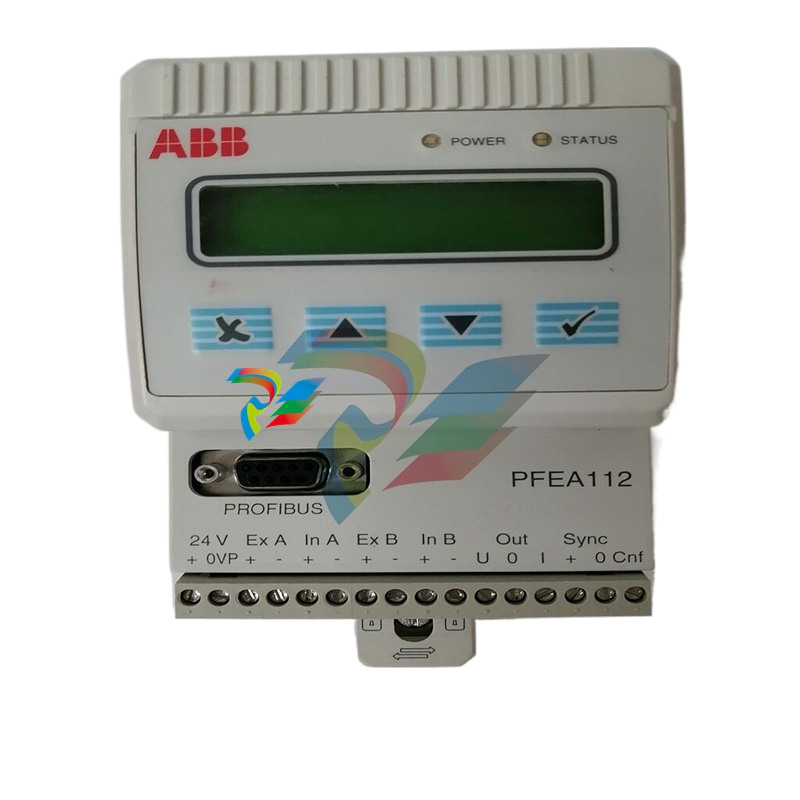
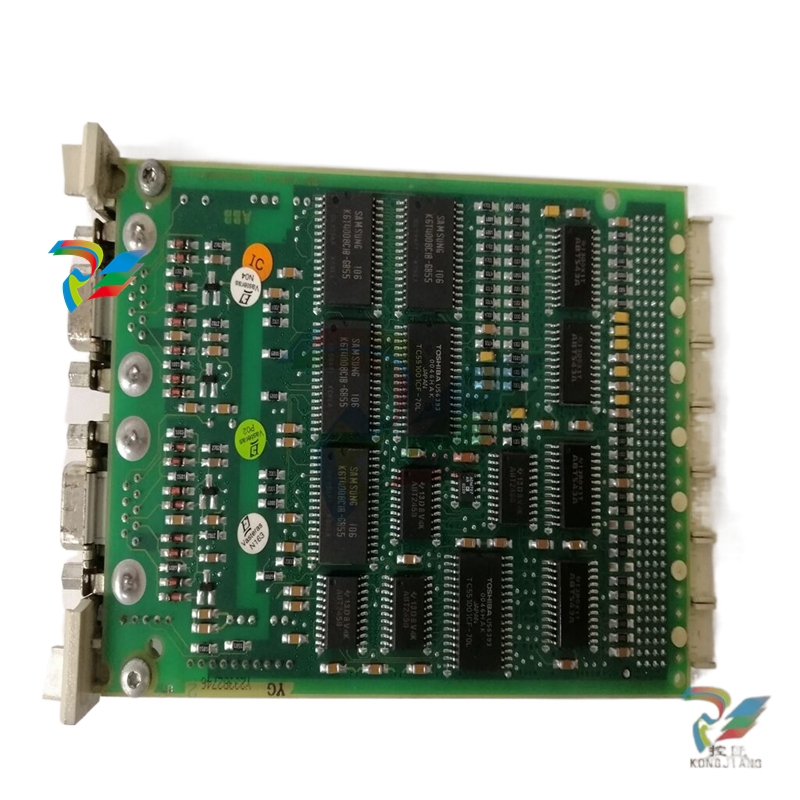
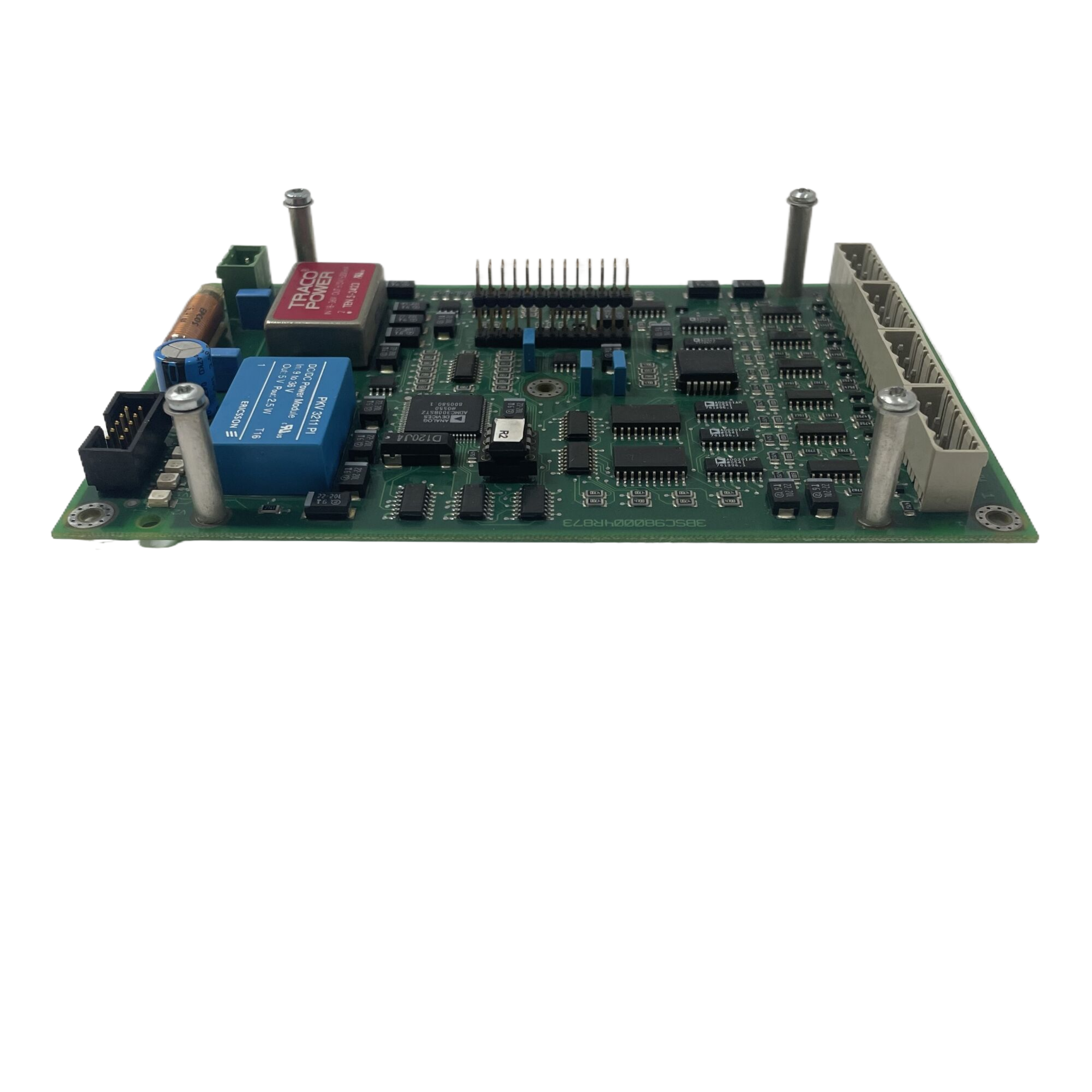
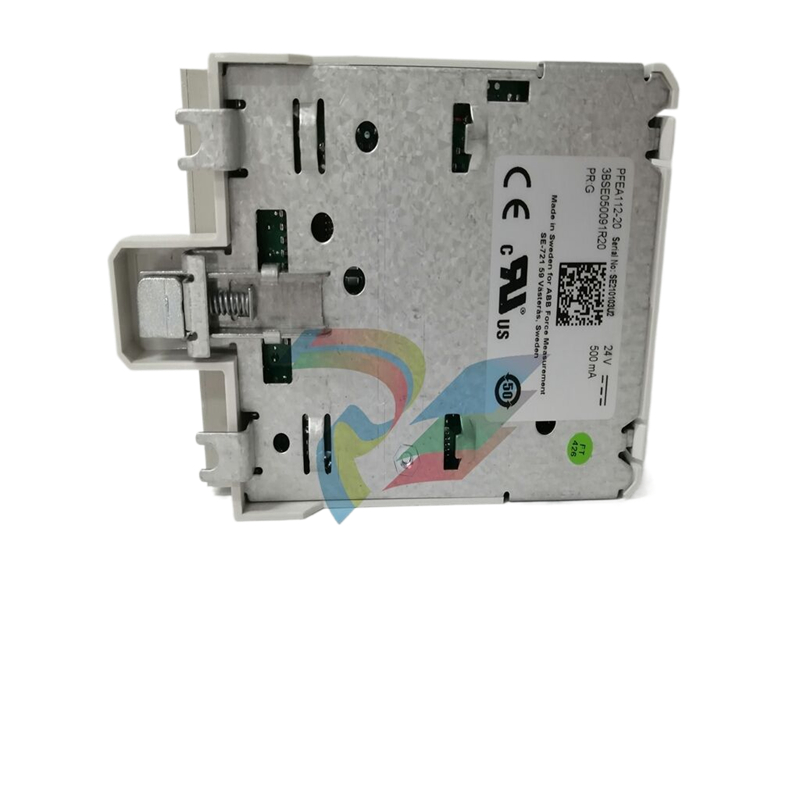
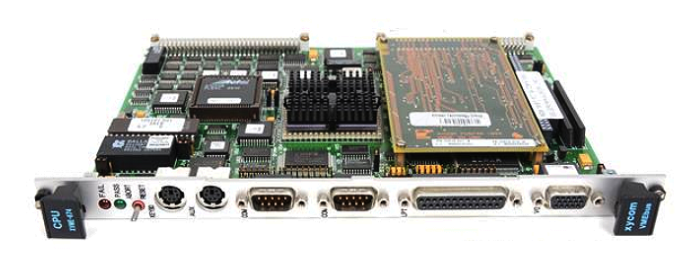
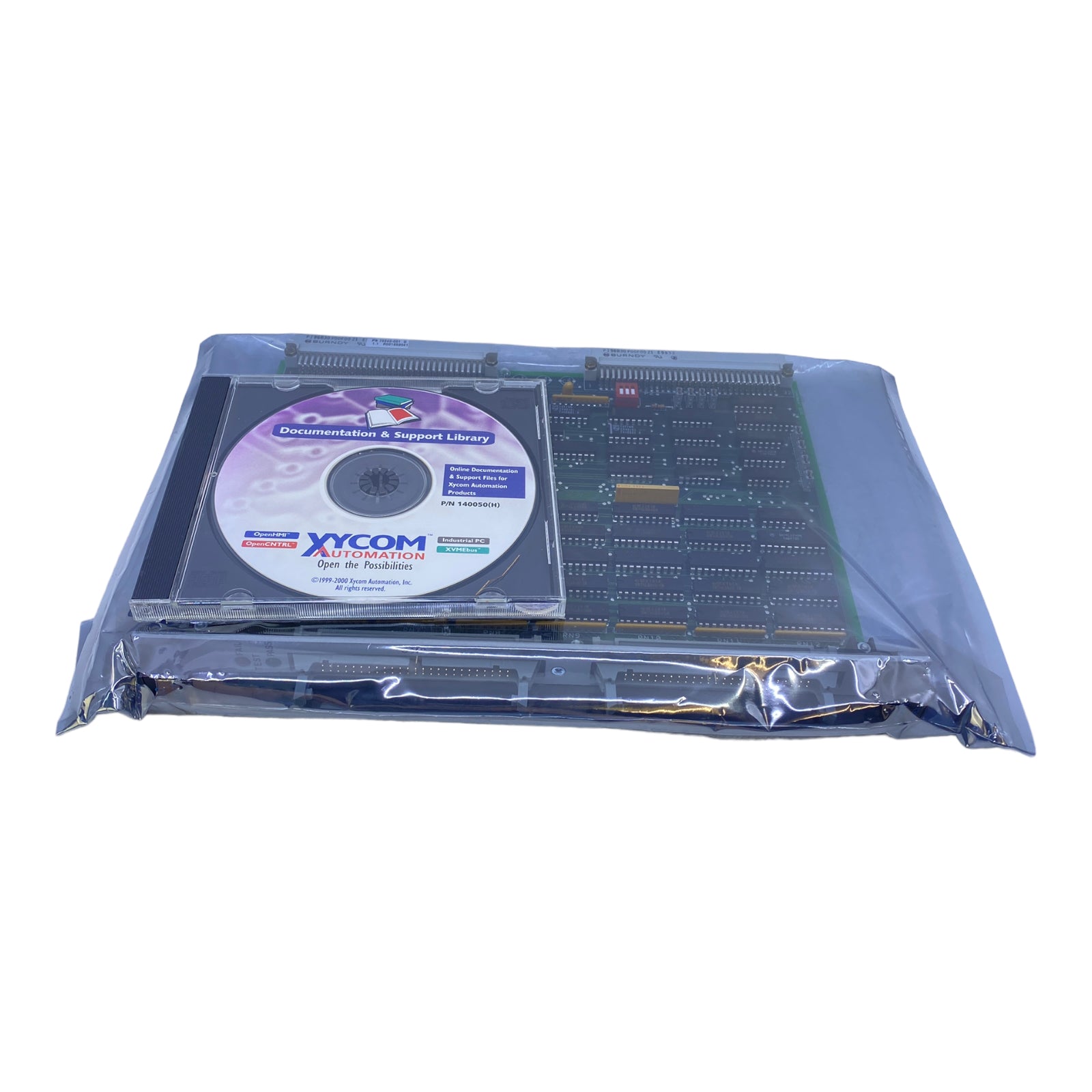
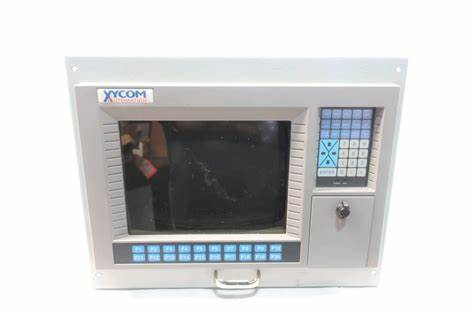
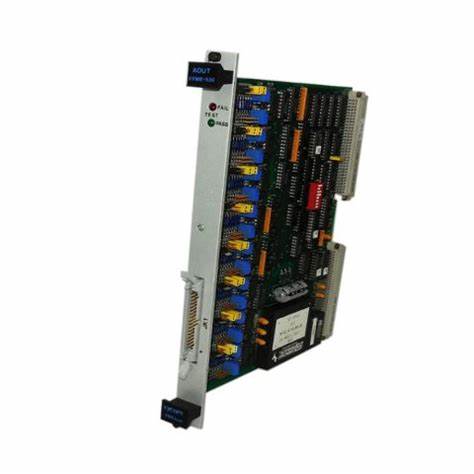
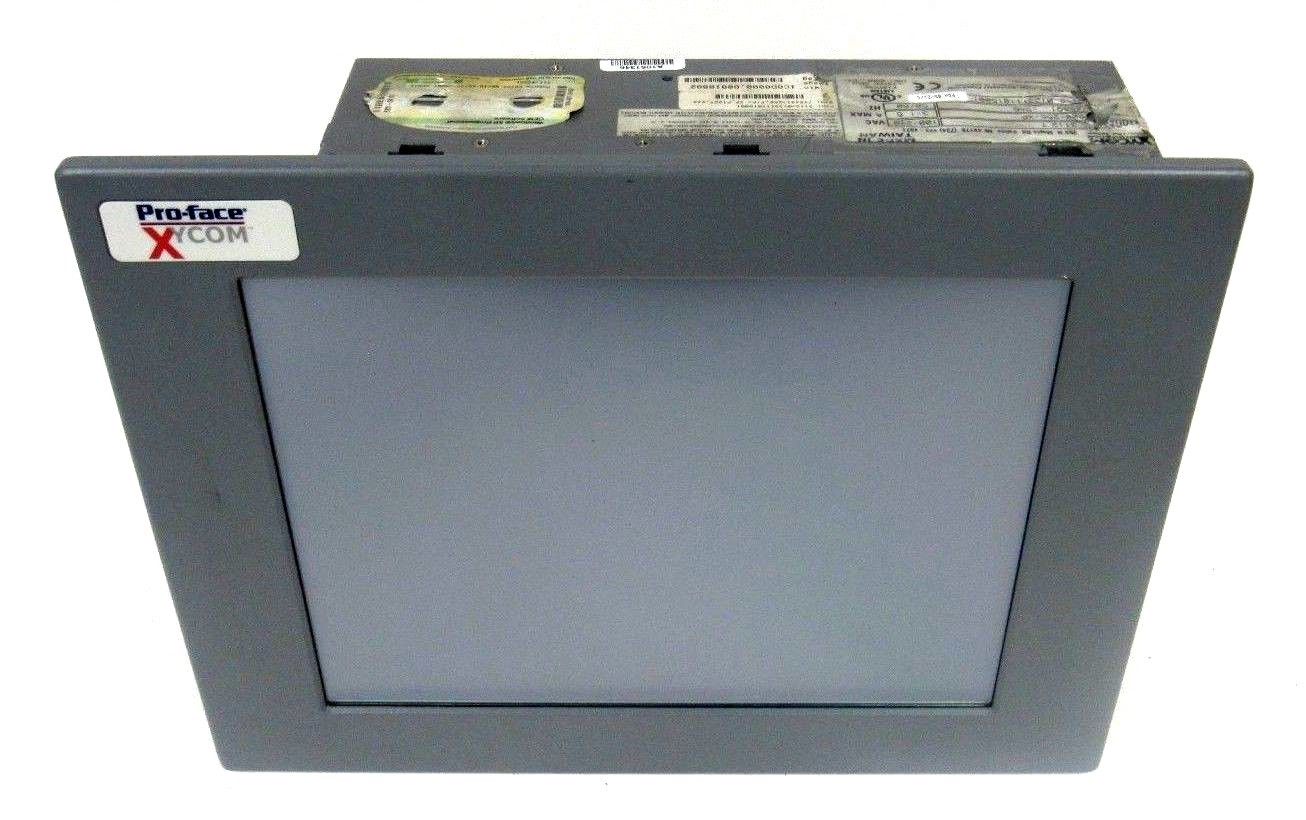
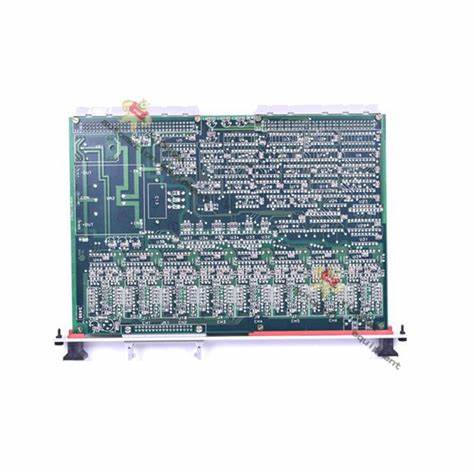
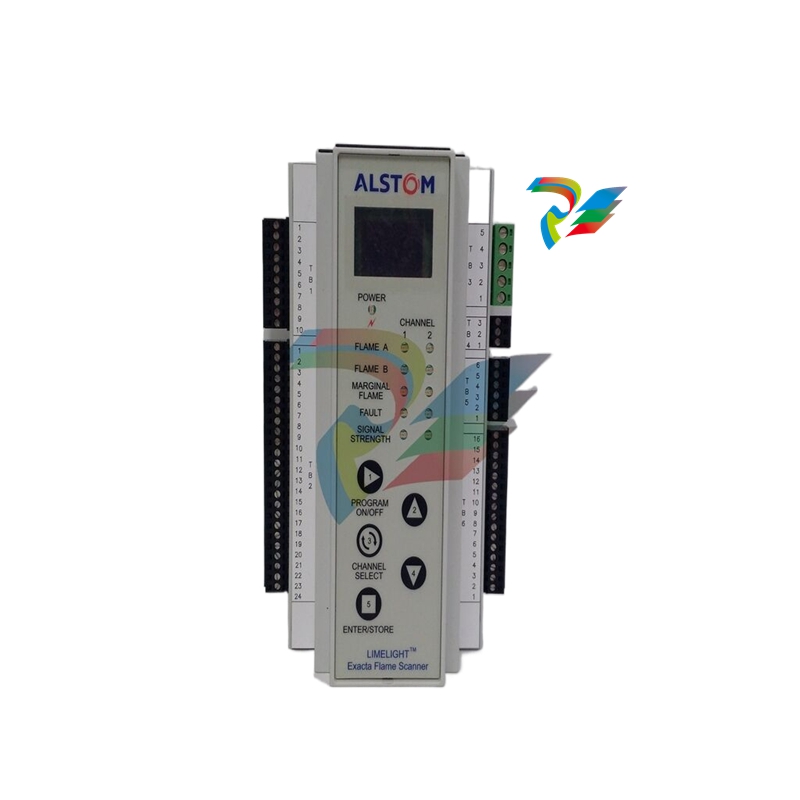
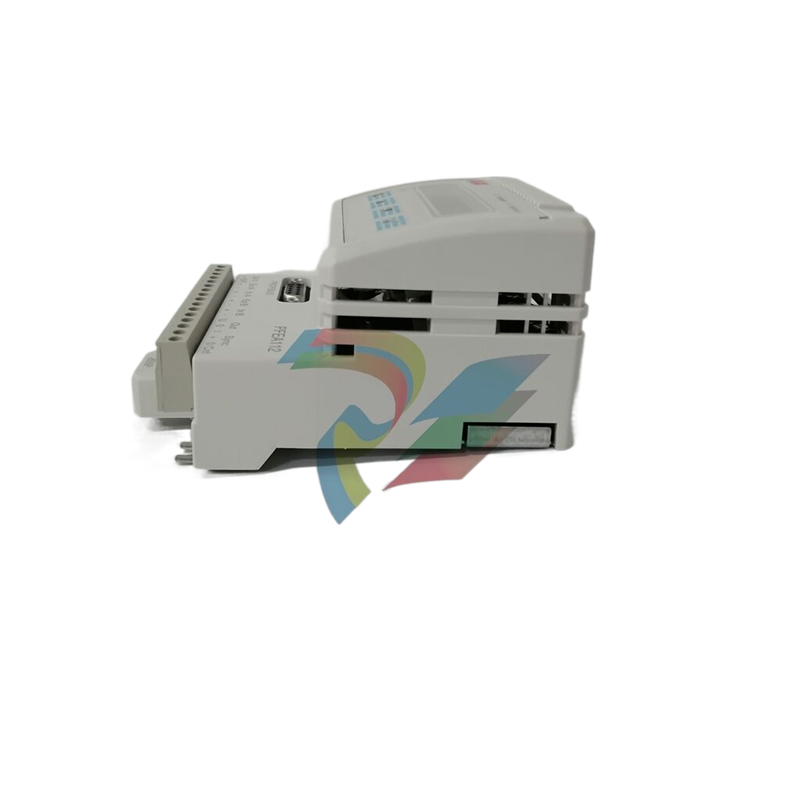
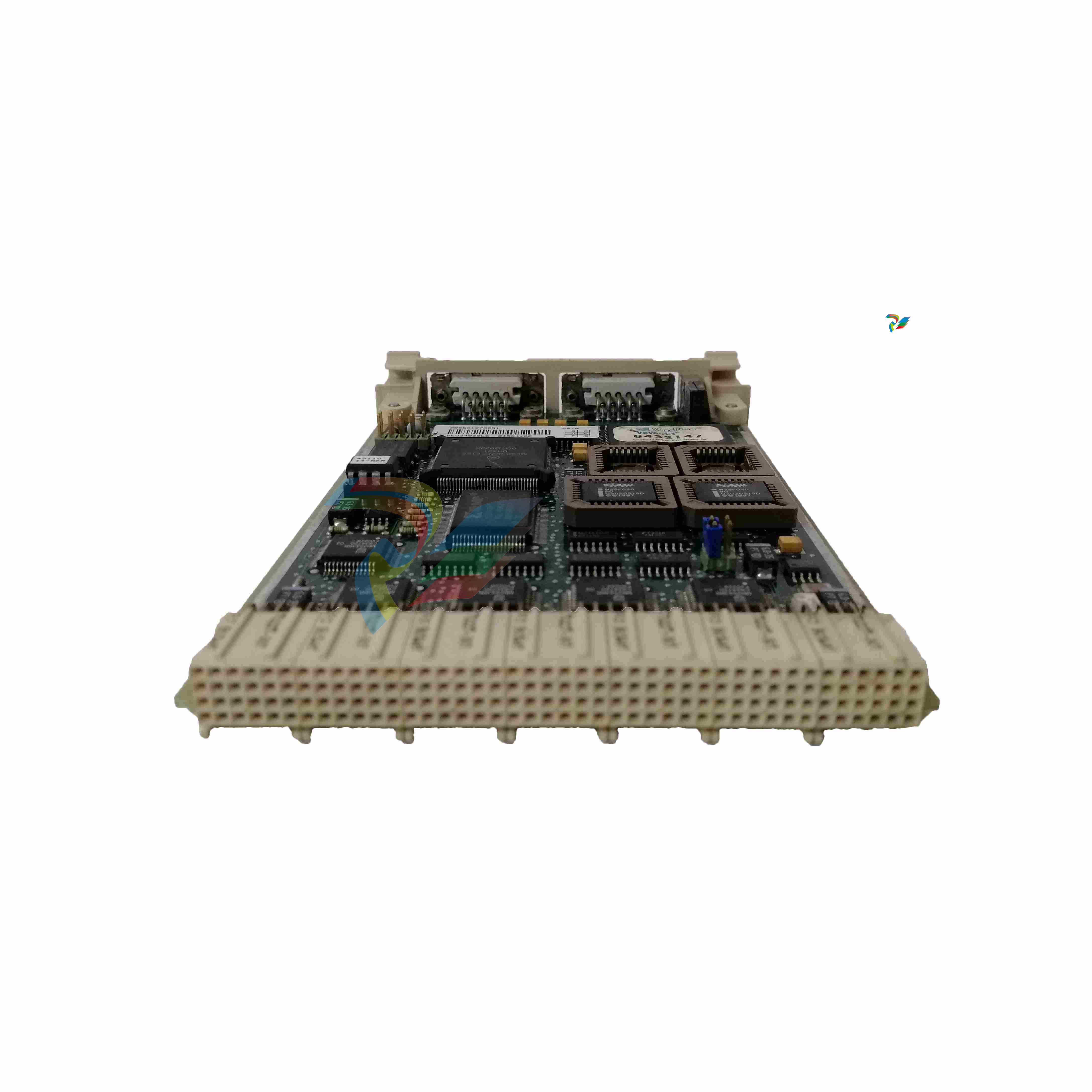

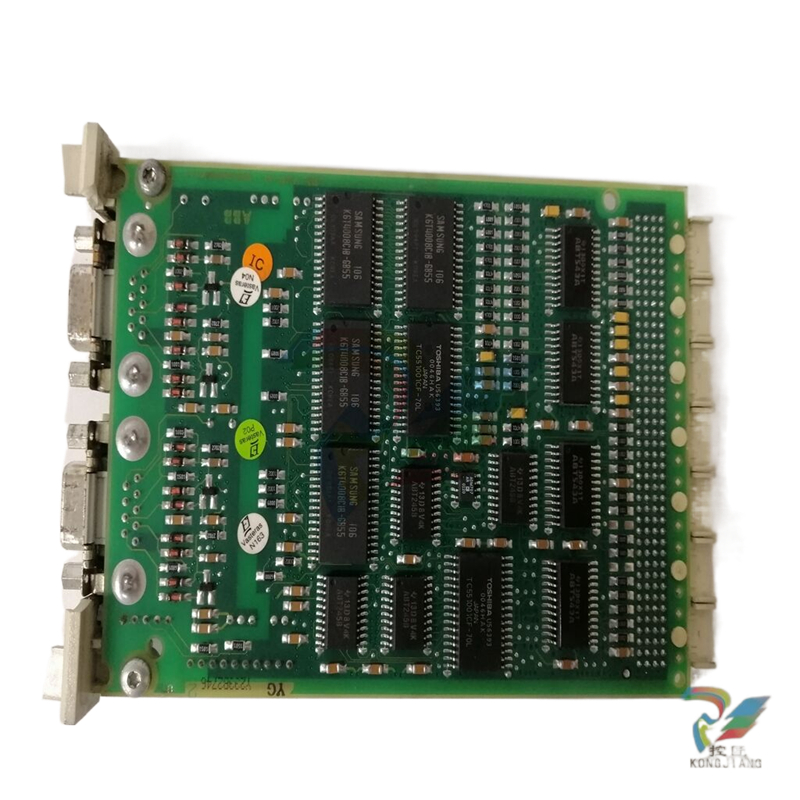

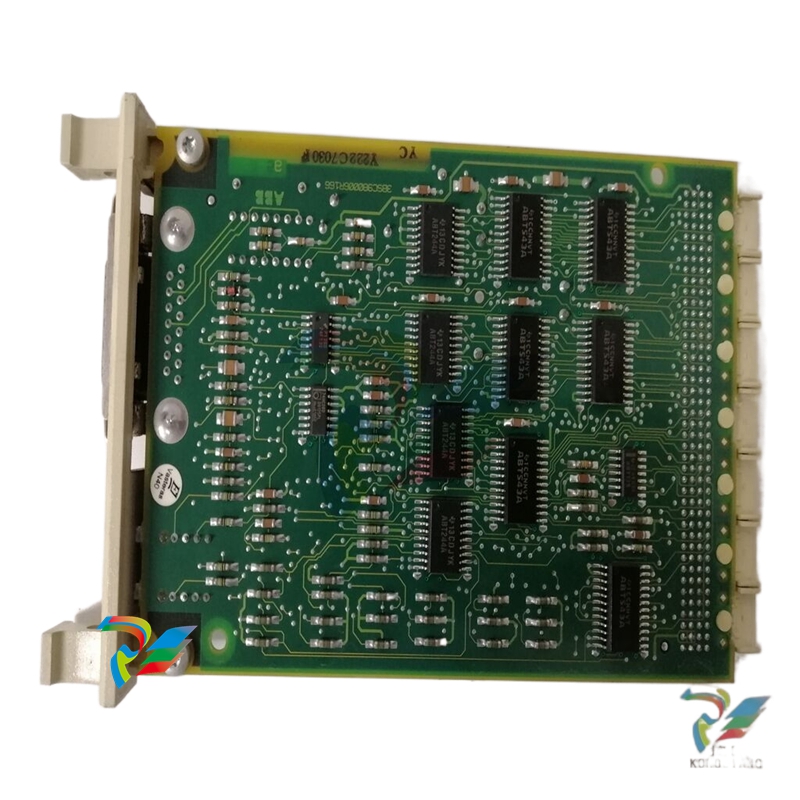
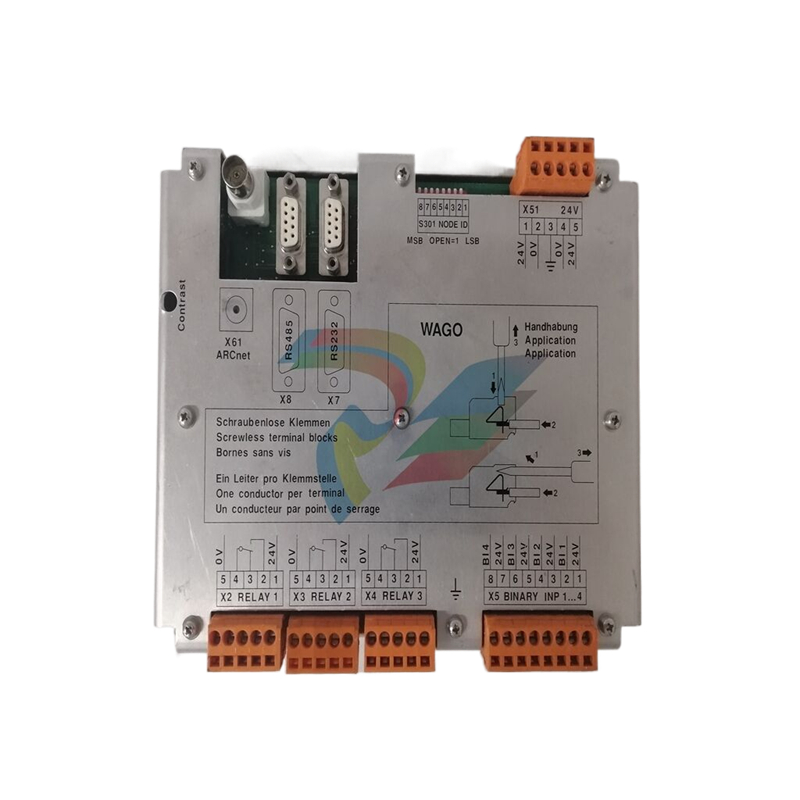
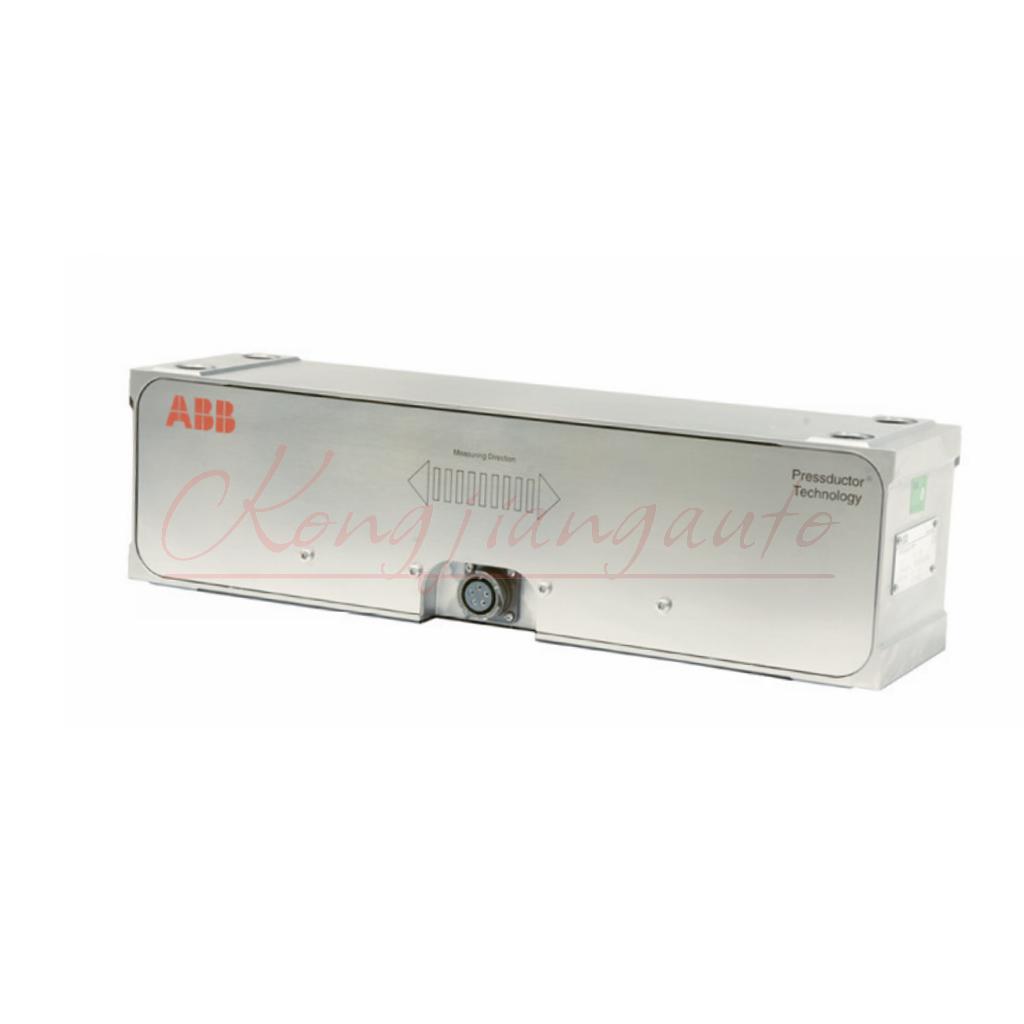
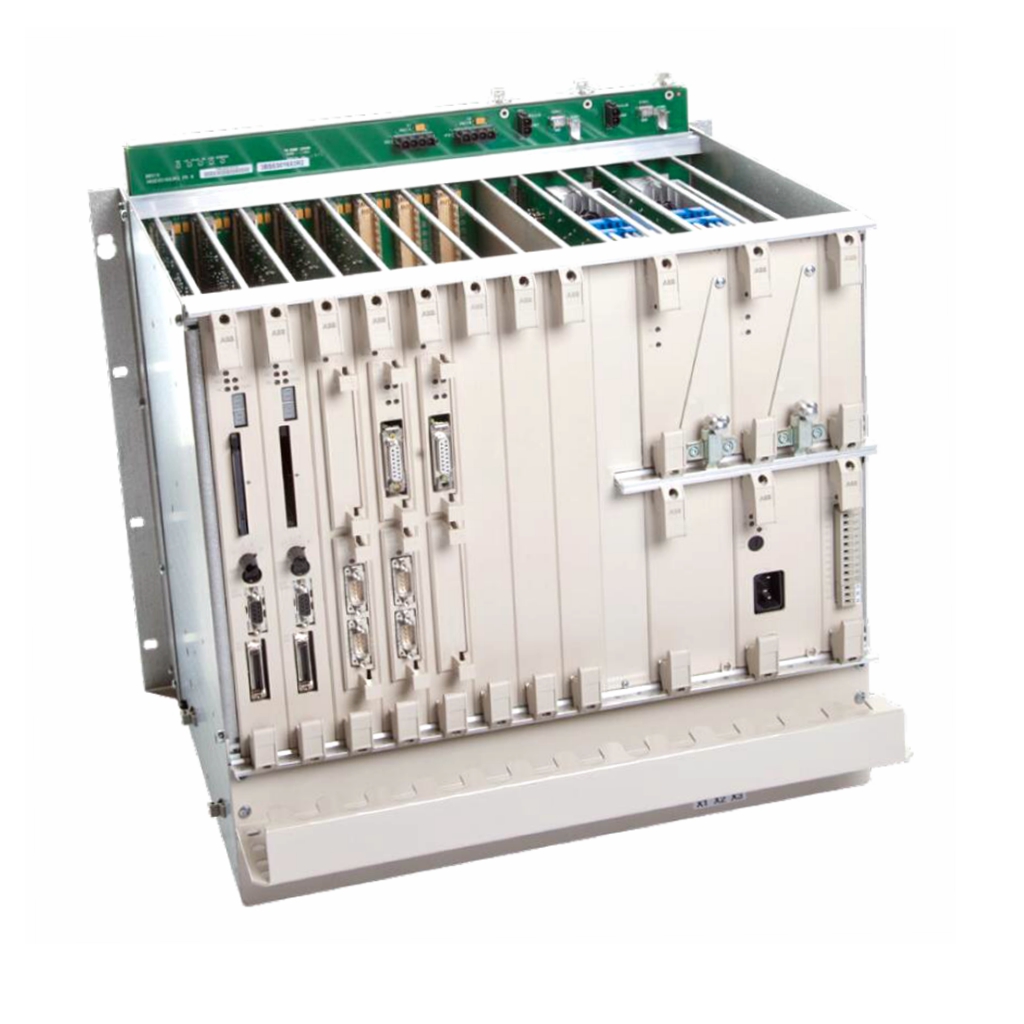
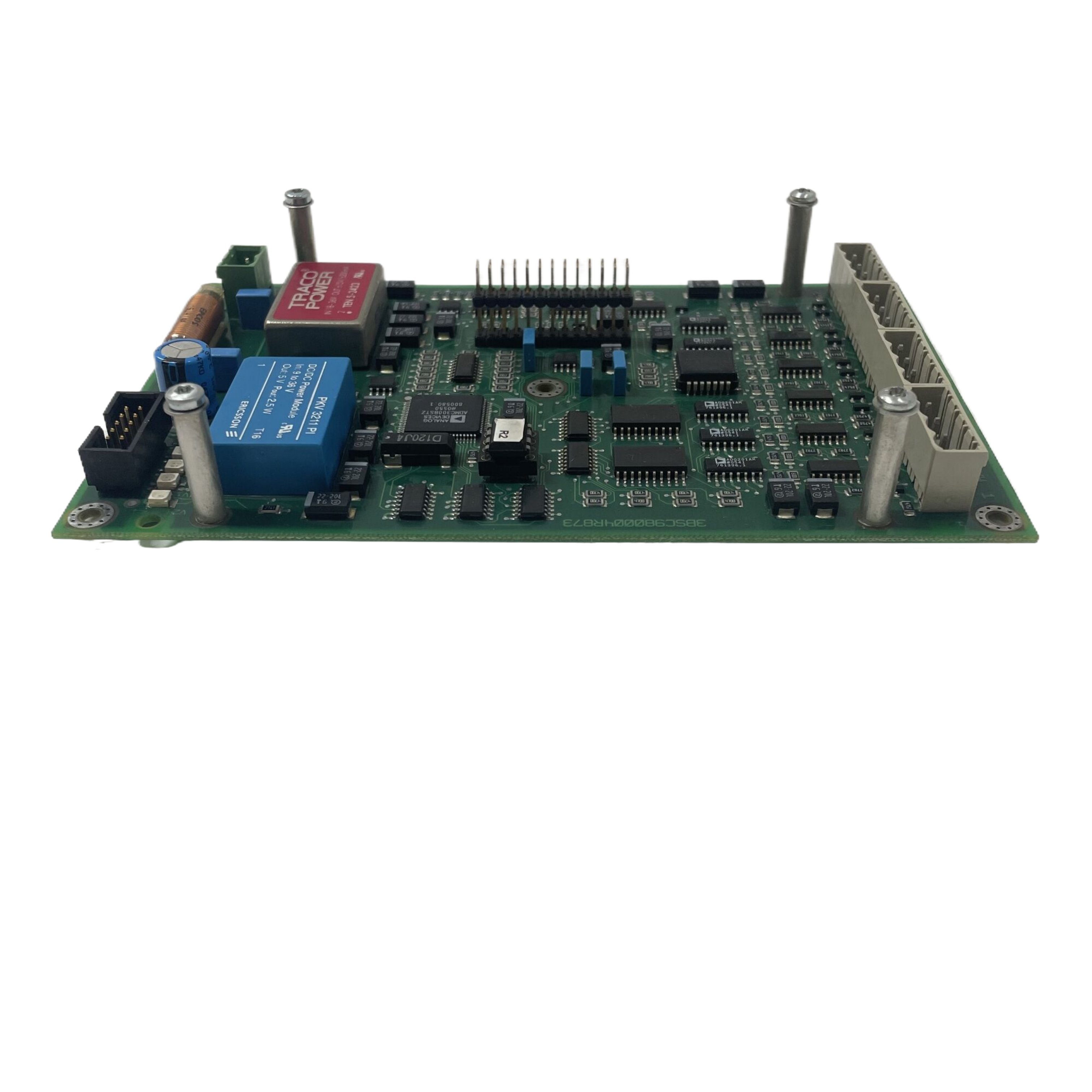
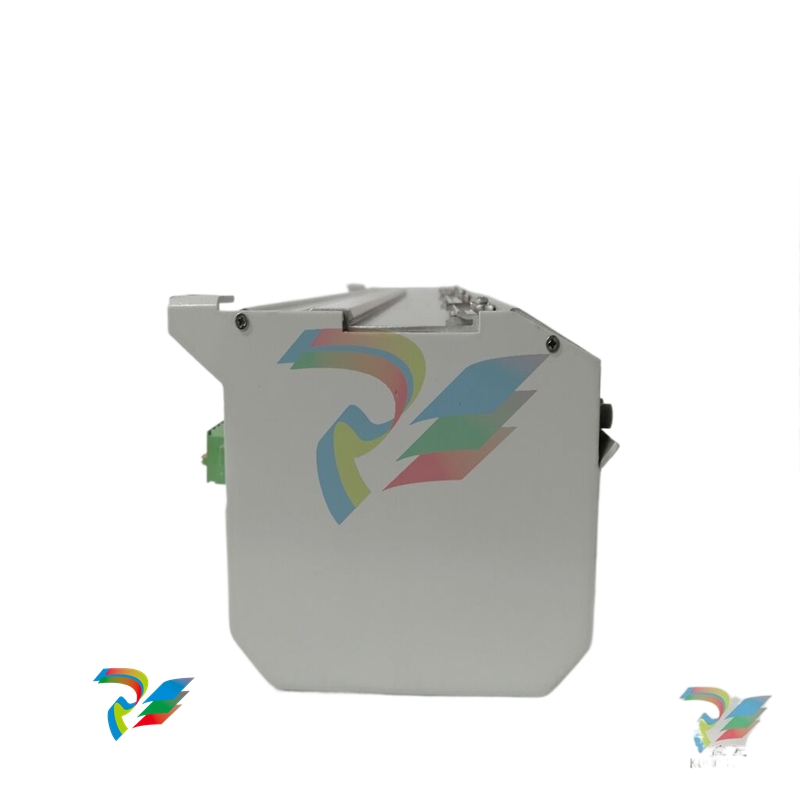
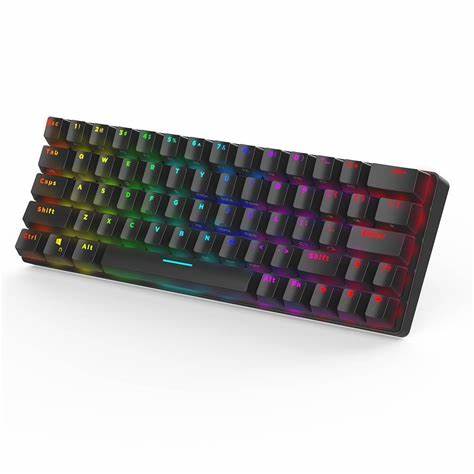
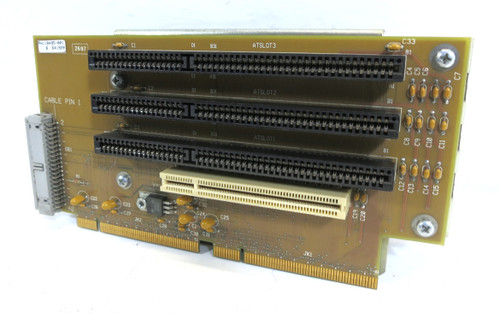
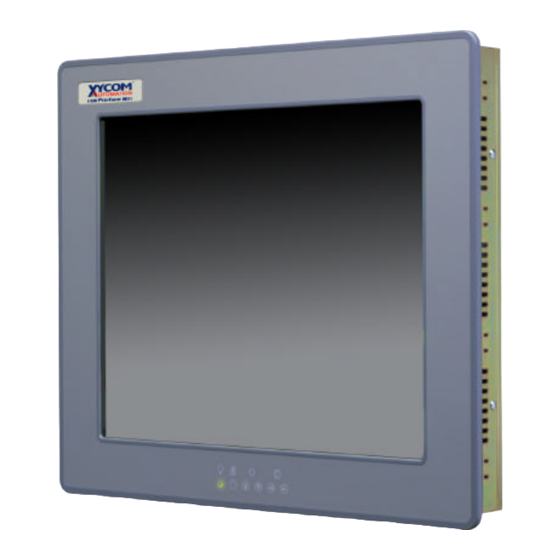
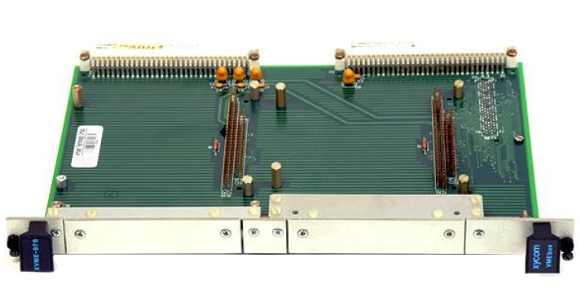
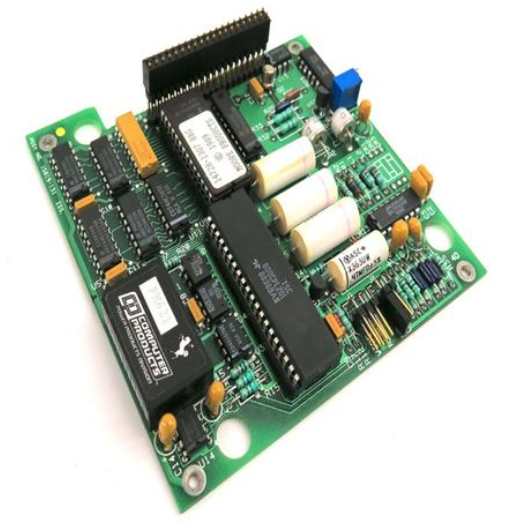
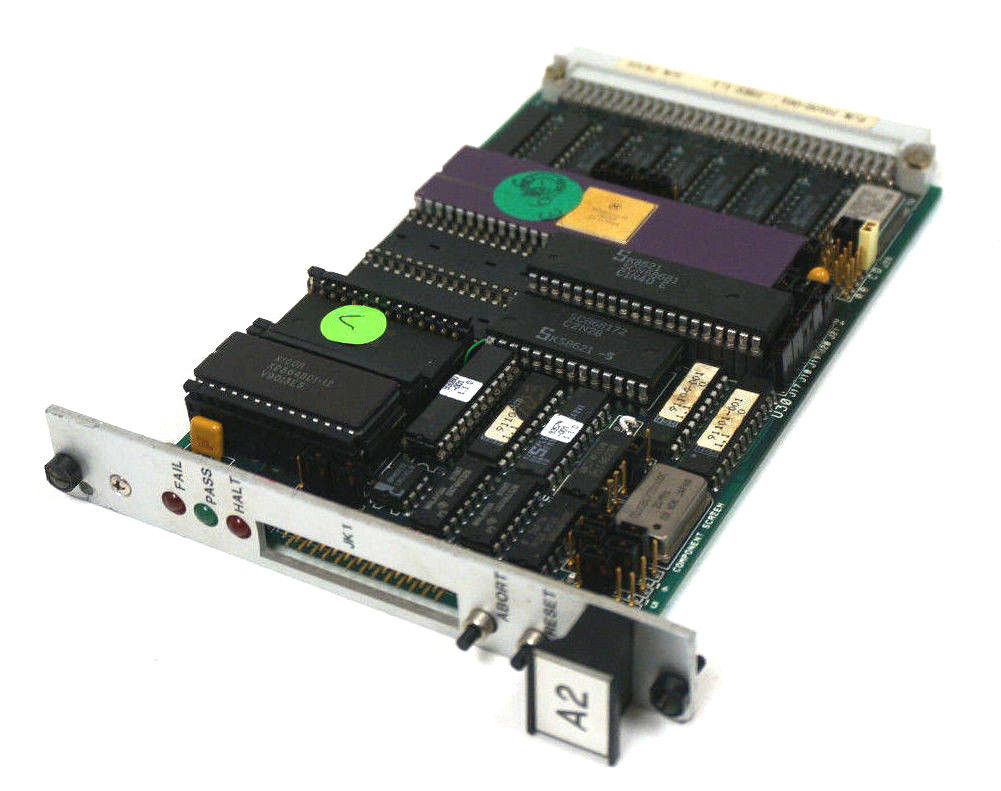
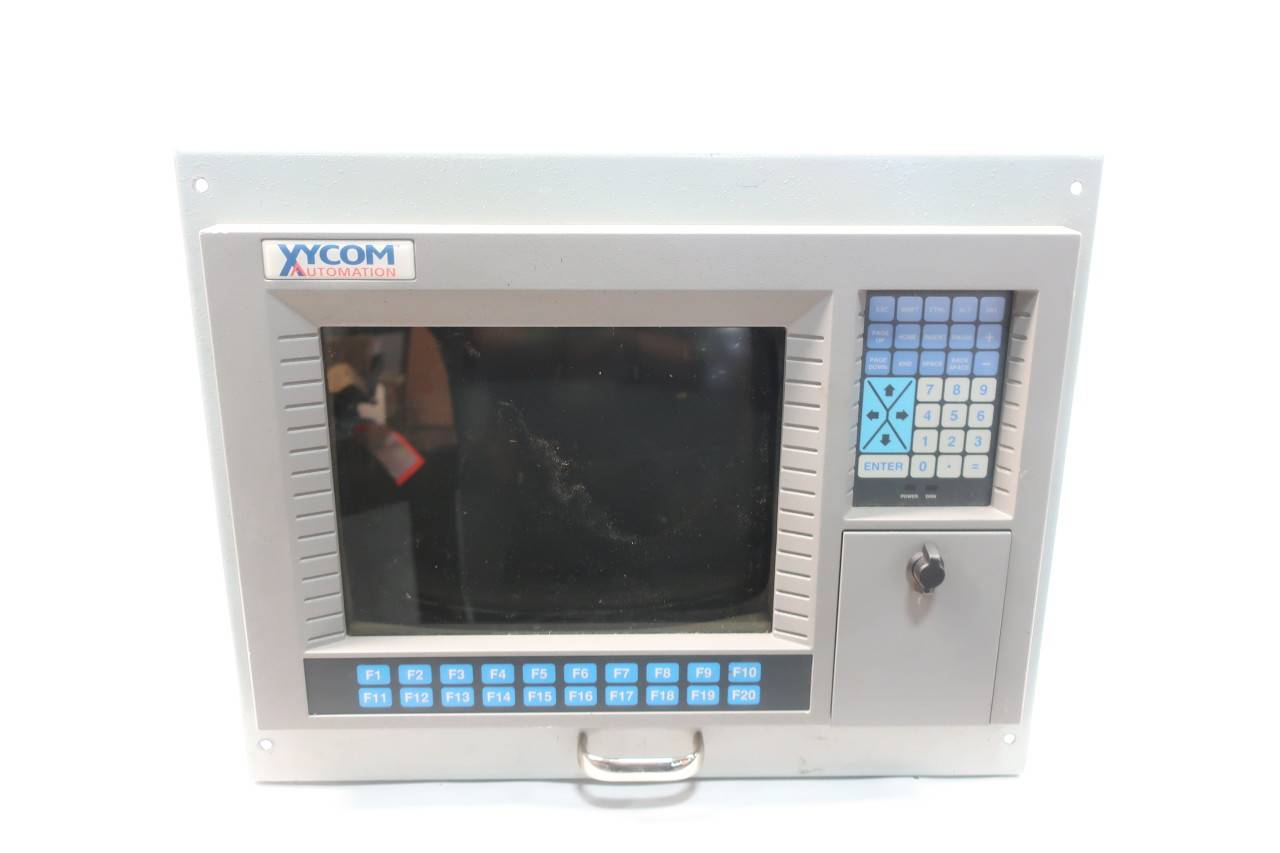
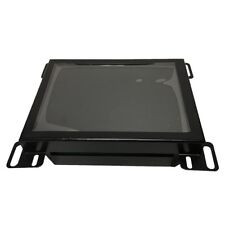
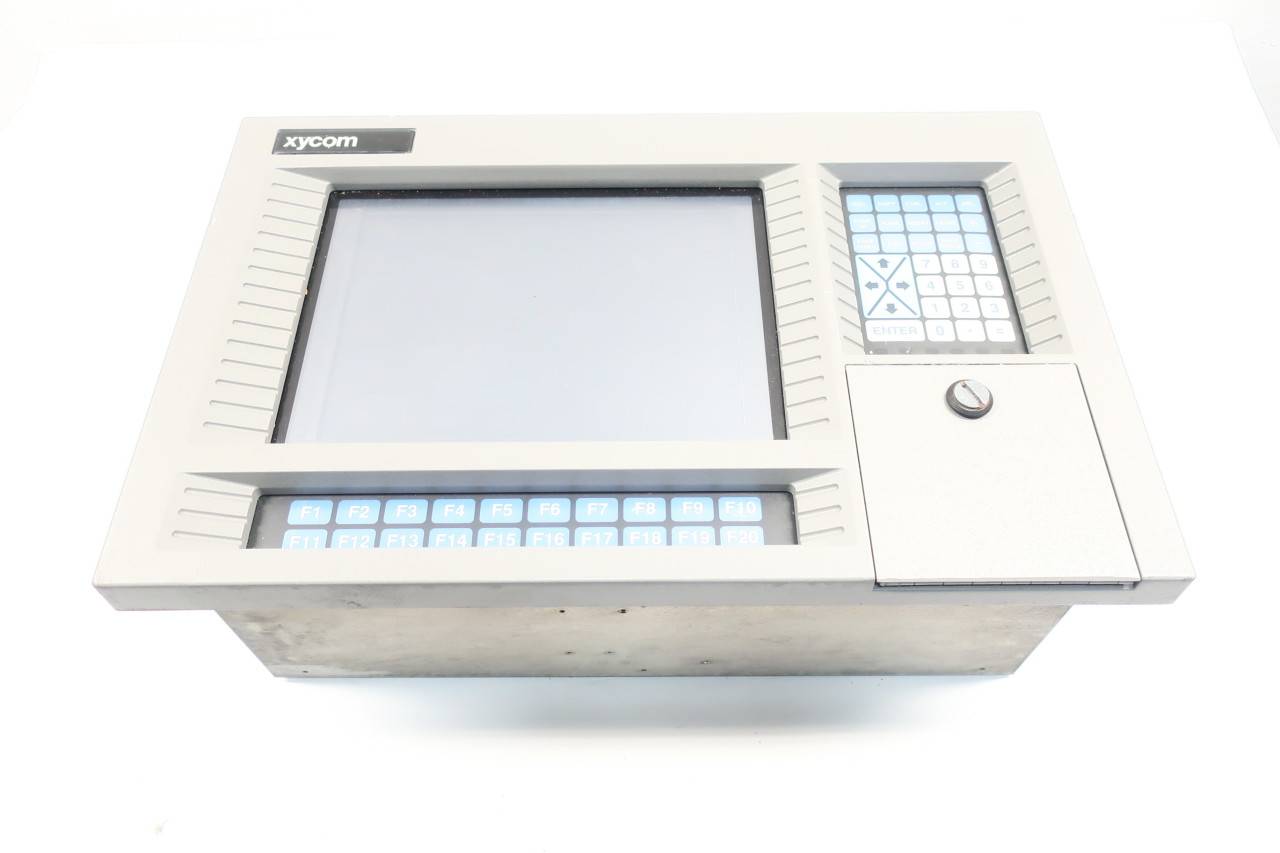
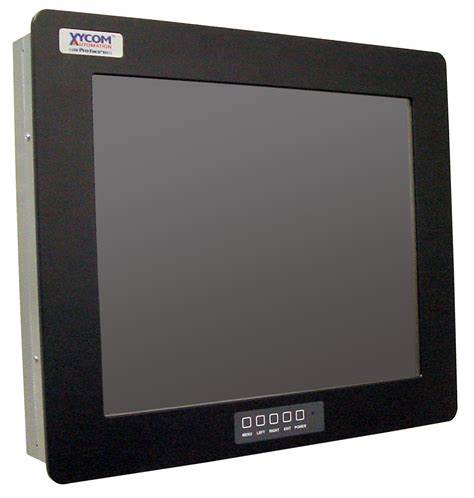
.jpg)
.jpg)
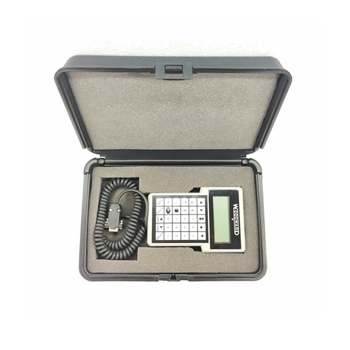
.jpg)
.jpg)
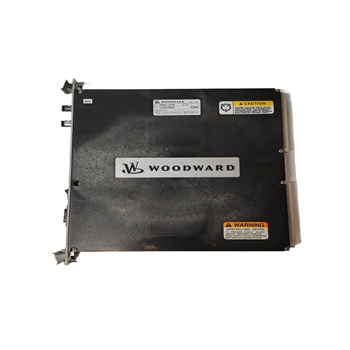
.jpg)
.jpg)
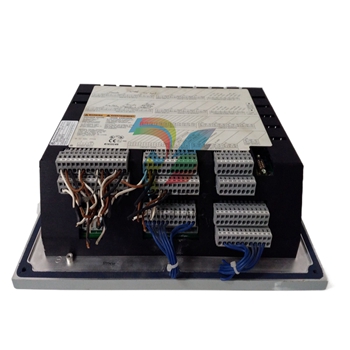
.jpg)
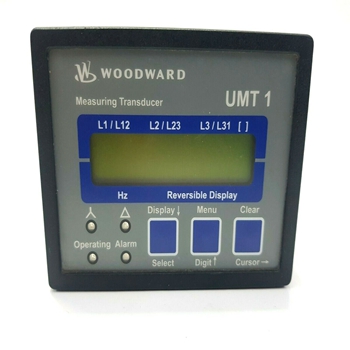
.jpg)
.jpg)
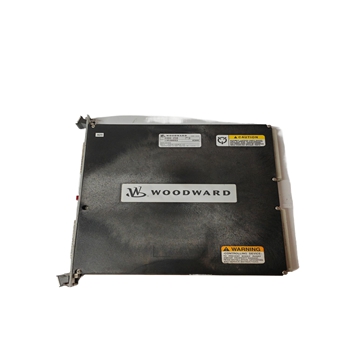
.jpg)
.jpg)
.jpg)
.jpg)
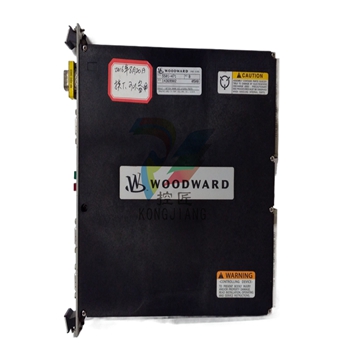
.jpg)

.jpg)
.jpg)
.jpg)
.jpg)

